Wall Tile vs. Floor Tile: What’s the Difference?
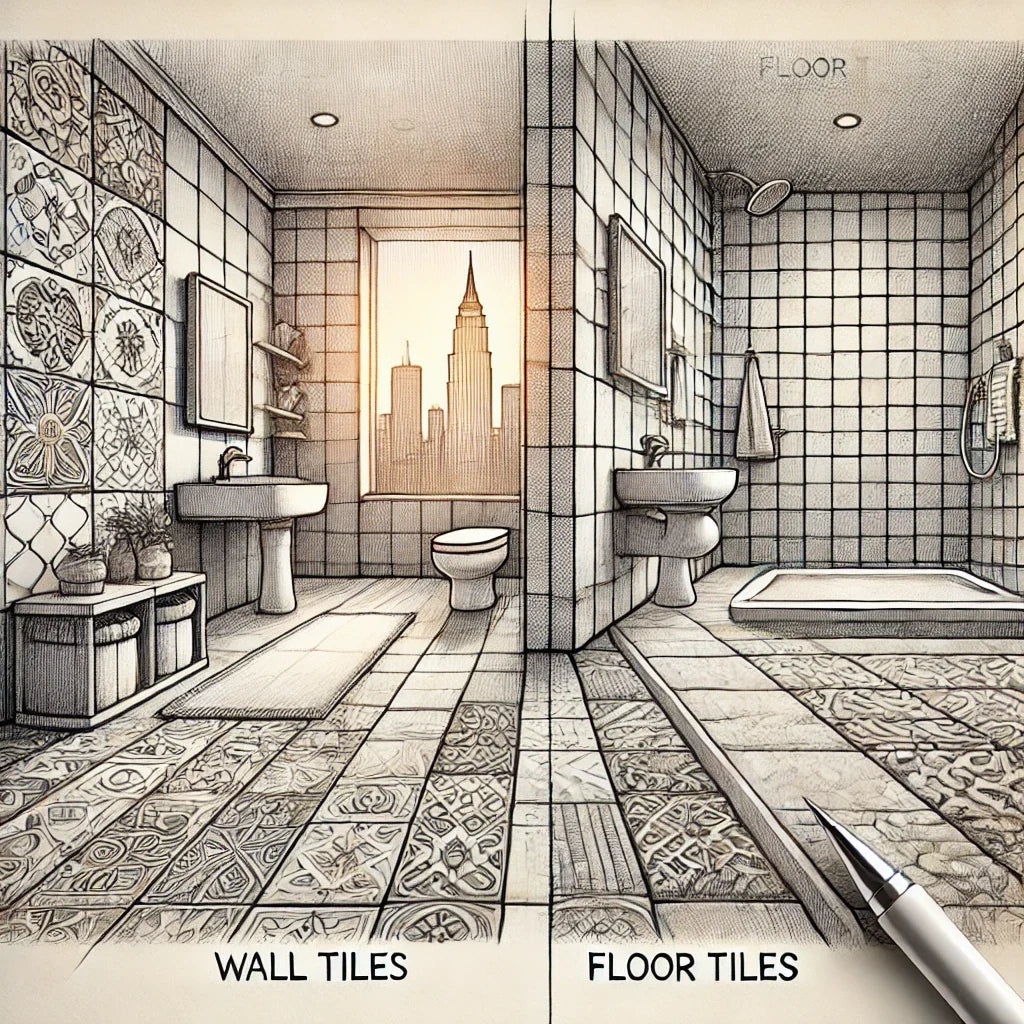
Wall Tile vs. Floor Tile: What’s the Difference?
Choosing the right type of tile for your space can be a challenging decision. Wall tiles and floor tiles serve different purposes and come with unique characteristics. Understanding the key differences between the two will help you make an informed choice for your project. This comprehensive guide explores the distinctions between wall and floor tiles, covering everything from materials and durability to design and installation. Learn more about our tile collections on our wall tiles page.
Material Composition
-
Wall Tiles
Wall tiles are typically made from lightweight materials like ceramic, which makes them easier to install vertically. These tiles are not designed to bear heavy loads and are more decorative than functional. -
Floor Tiles
Floor tiles are crafted to withstand foot traffic and heavy weight. They are often made from materials like porcelain, natural stone, or high-density ceramic, which ensures durability and longevity.
Durability and Strength
-
Wall Tiles: Designed primarily for aesthetic purposes, wall tiles are thinner and less durable compared to floor tiles. They should not be used in areas exposed to heavy impacts or foot traffic.
-
Floor Tiles: Manufactured to endure daily wear and tear, floor tiles are thicker, denser, and more resistant to scratches and impacts. These tiles often meet stricter durability standards.
Surface Texture and Finish
-
Wall Tiles
-
Generally smooth and glossy to make cleaning easy.
-
Often include intricate designs or patterns for decorative purposes.
-
-
Floor Tiles
-
Typically matte or textured to provide slip resistance.
-
Designed with functionality in mind, prioritizing safety and practicality.
-
Size and Shape
-
Wall Tiles: Often smaller and lighter to ensure they adhere securely to vertical surfaces. Common sizes include 4x4, 6x6, or subway tiles (3x6 inches).
-
Floor Tiles: Available in a wide range of sizes, from small mosaics to large format tiles, to accommodate different areas and design preferences.
Design Options
Both wall and floor tiles offer a variety of styles, but their designs serve distinct purposes:
-
Wall Tiles: Focused on intricate patterns, vibrant colors, and decorative finishes to enhance the visual appeal of a space.
-
Floor Tiles: Designed for practicality, with patterns and finishes that can hide dirt and wear while maintaining elegance.
Installation Differences
-
Wall Tiles
-
Require a strong adhesive to hold the lightweight tiles in place.
-
May involve more intricate layouts or designs, such as mosaics or accent patterns.
-
-
Floor Tiles
-
Need a strong and stable substrate, like cement backer board, to prevent cracking.
-
Installation focuses on ensuring level surfaces and proper alignment for durability.
-
Weight and Thickness
-
Wall Tiles: Lighter and thinner to reduce strain on vertical surfaces.
-
Floor Tiles: Heavier and thicker to enhance their load-bearing capacity.
Applications
-
Wall Tiles
-
Ideal for bathrooms, kitchen backsplashes, and feature walls.
-
Used primarily to add a decorative element to spaces.
-
-
Floor Tiles
-
Perfect for high-traffic areas like living rooms, kitchens, and hallways.
-
Also used in bathrooms and outdoor spaces for functional and aesthetic purposes. Explore durable options on our floor tiles page.
-
Cost Differences
-
Wall Tiles: Generally less expensive due to their lightweight construction and limited durability requirements.
-
Floor Tiles: Often more costly because of their strength, thickness, and high-quality materials.
Key Considerations When Choosing
-
Location: Determine whether the tile will be installed on a vertical or horizontal surface.
-
Functionality: Consider durability and slip resistance for floor tiles, and decorative value for wall tiles.
-
Material: Match the tile material to the environment’s specific needs, such as moisture resistance or wear tolerance.
FAQs: Wall Tile vs. Floor Tile
1. Can floor tiles be used on walls?
Yes, floor tiles can be used on walls, but their heavier weight and thickness may require special adhesives or support.
2. Can wall tiles be used on floors?
No, wall tiles are not designed to withstand foot traffic or heavy impacts and should not be used on floors.
3. Are wall tiles easier to install than floor tiles?
Wall tiles are often easier to cut and install because they’re thinner and lighter. However, intricate designs or layouts may require more time.
4. What is the best material for floor tiles?
Porcelain and natural stone are popular choices due to their durability and resistance to moisture and wear.
5. How do I clean and maintain wall and floor tiles?
Use a mild cleaner and a soft cloth for wall tiles. For floor tiles, use a pH-neutral cleaner and mop regularly to prevent buildup.

 Best Selling Marble Collections
Best Selling Marble Collections
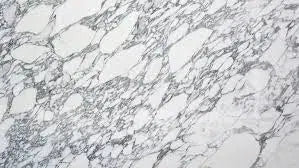 Arabescato Corchia
Arabescato Corchia Bardiglio
Bardiglio Bianco Dolomite
Bianco Dolomite  Carrara White
Carrara White 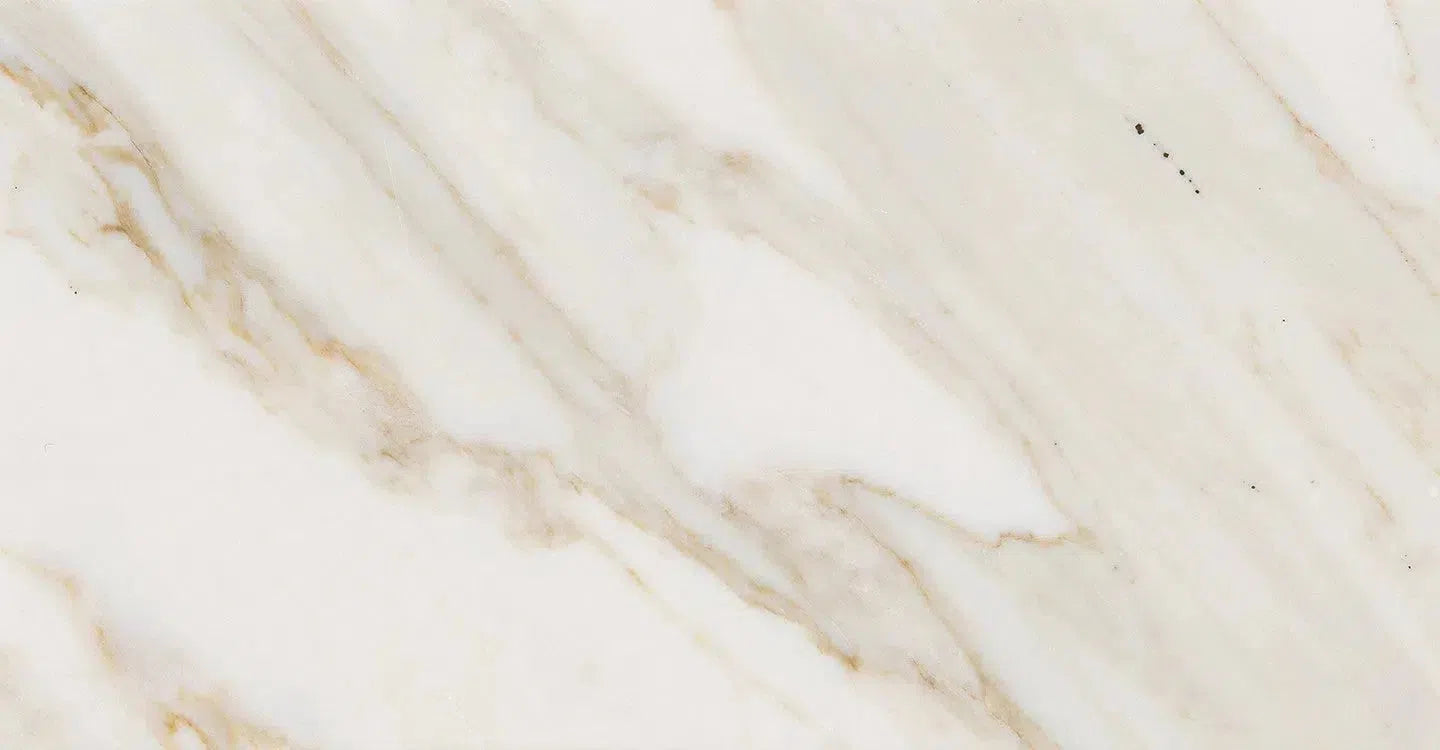 Calacatta Gold
Calacatta Gold Crema Marfil
Crema Marfil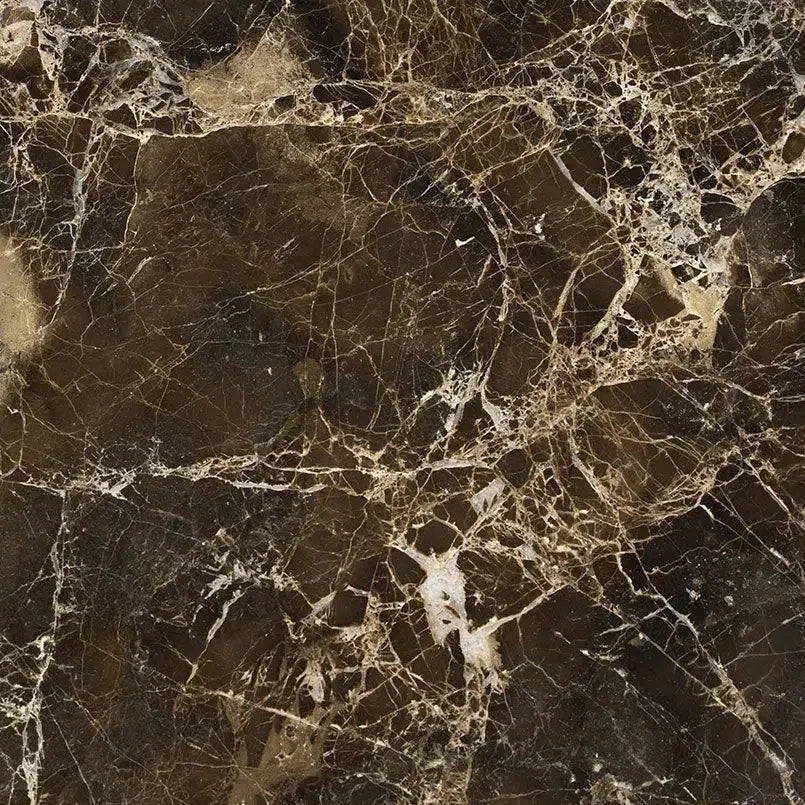 Emperador Dark
Emperador Dark Nero Marquina
Nero Marquina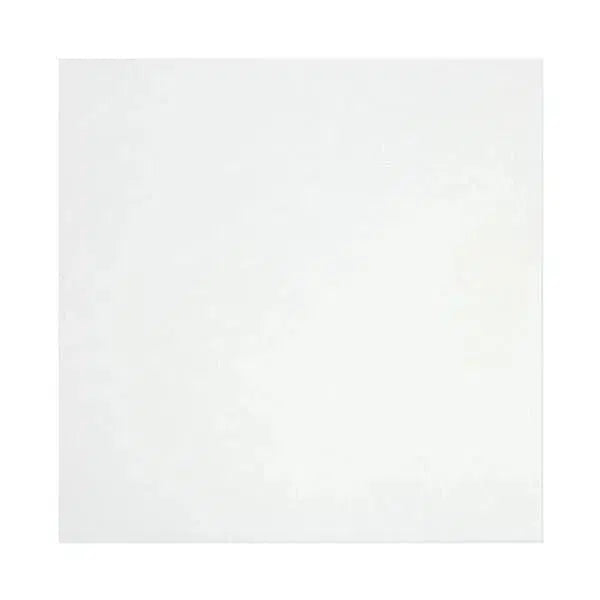 Thassos White
Thassos White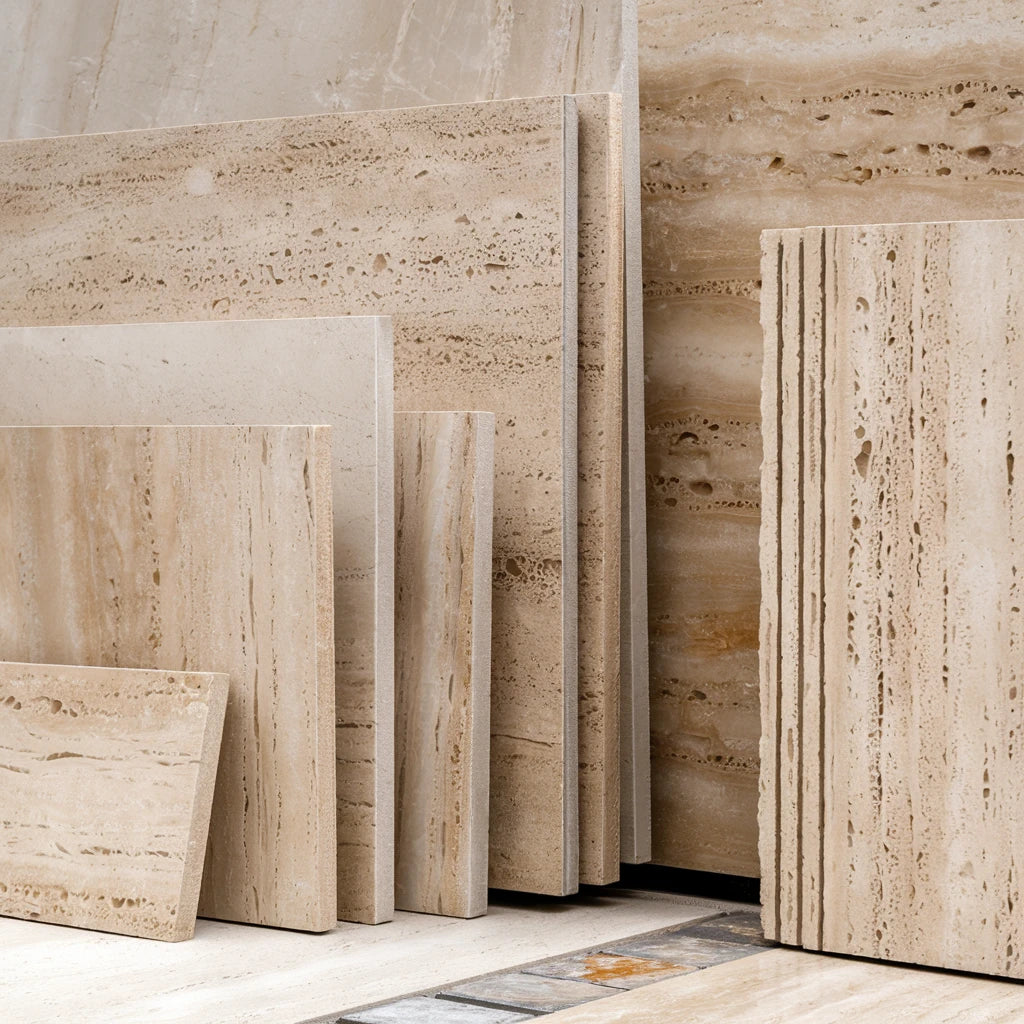 Best Selling Travertine Collections
Best Selling Travertine Collections
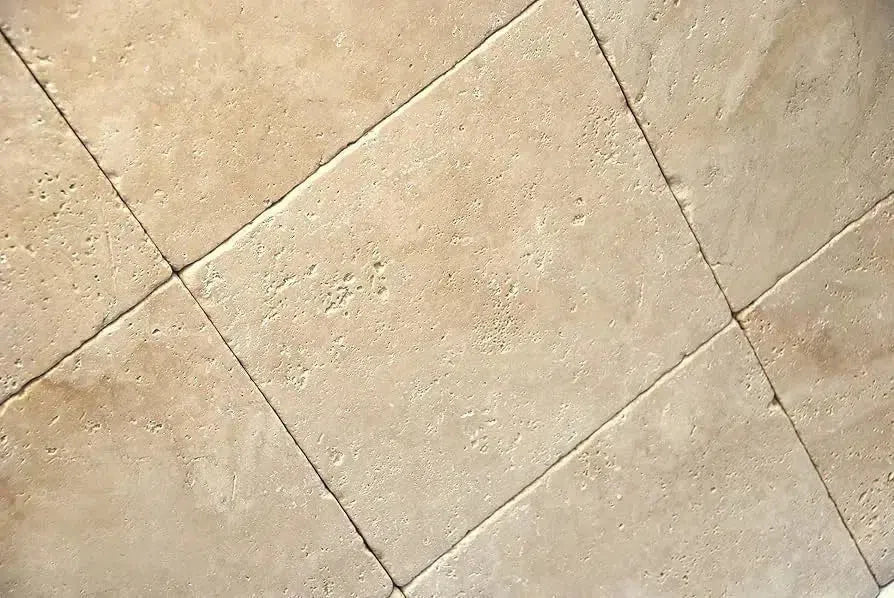 Ivory Travertine
Ivory Travertine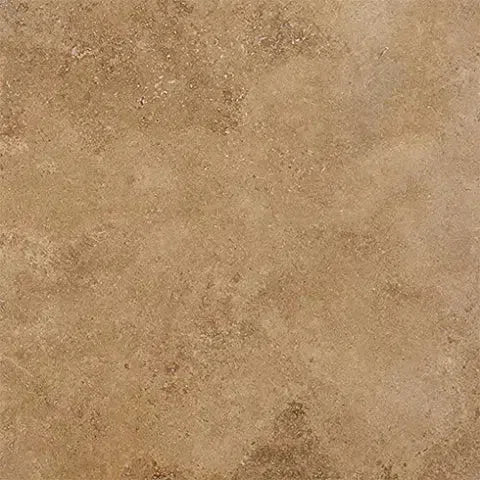 Noce Travertine
Noce Travertine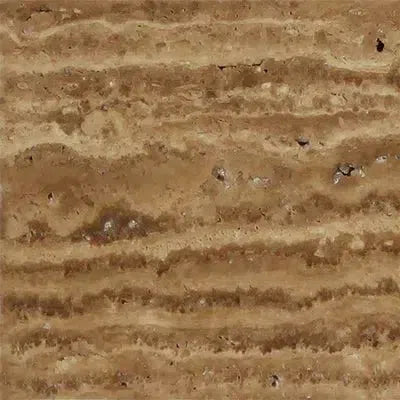 Exotic Noce Travertine
Exotic Noce Travertine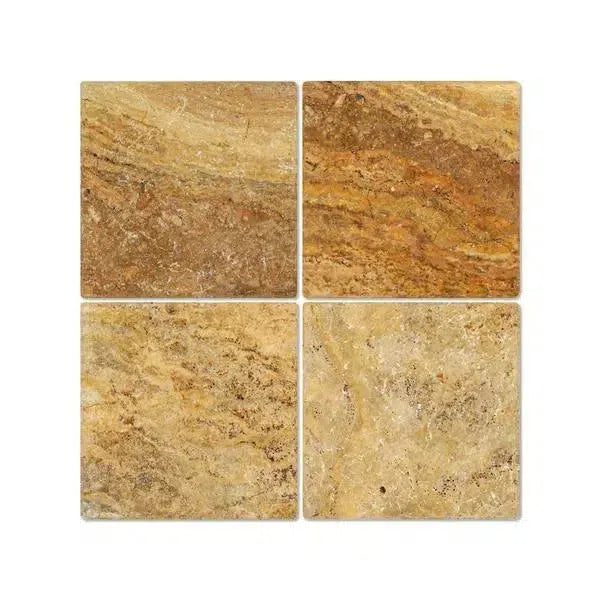 Scabos | Autumn Leaves Travertine
Scabos | Autumn Leaves Travertine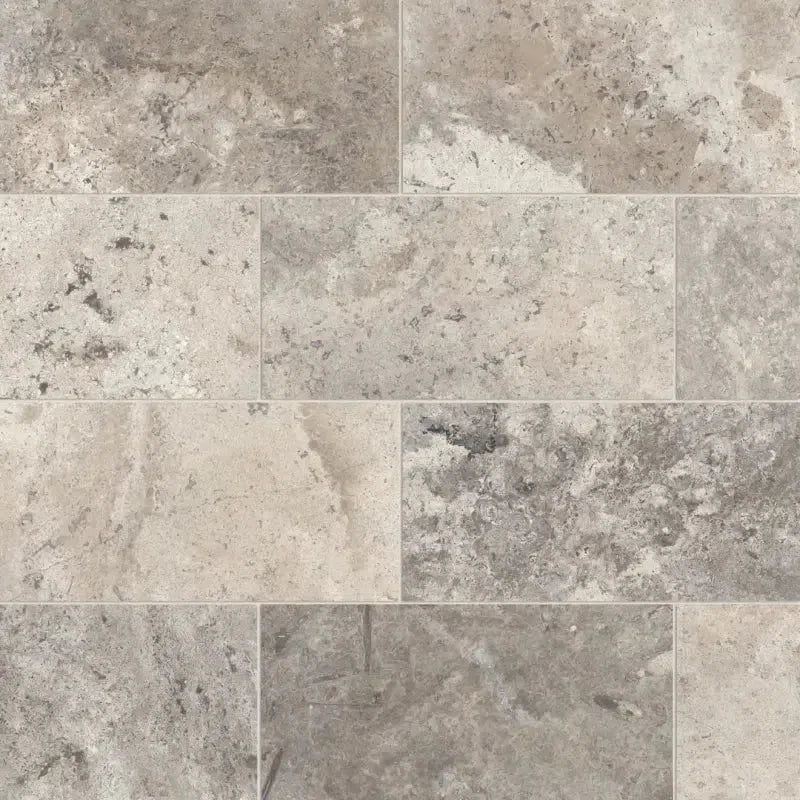 Silver Travertine
Silver Travertine Exotic Travertine
Exotic Travertine Checkerboard
Checkerboard
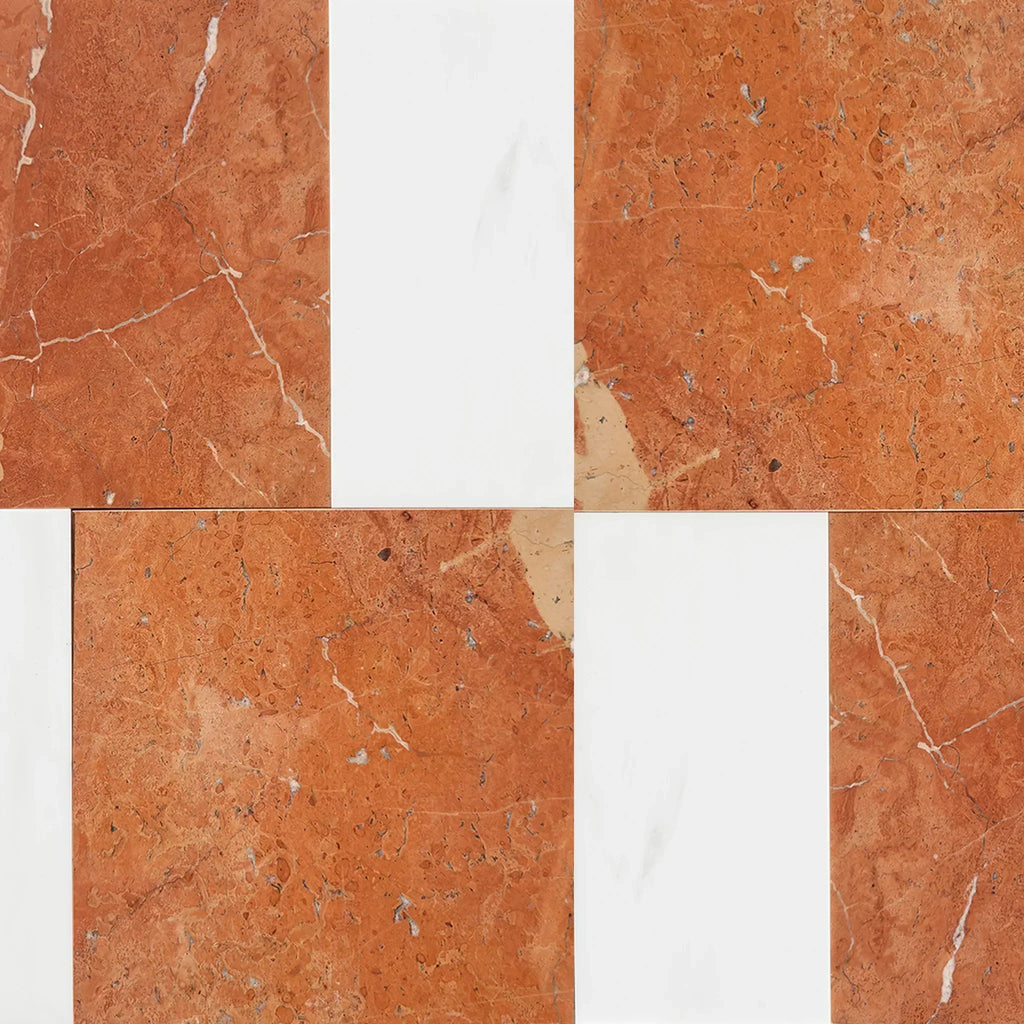 Patterned Tile
Patterned Tile
 Shop By Material
Shop By Material
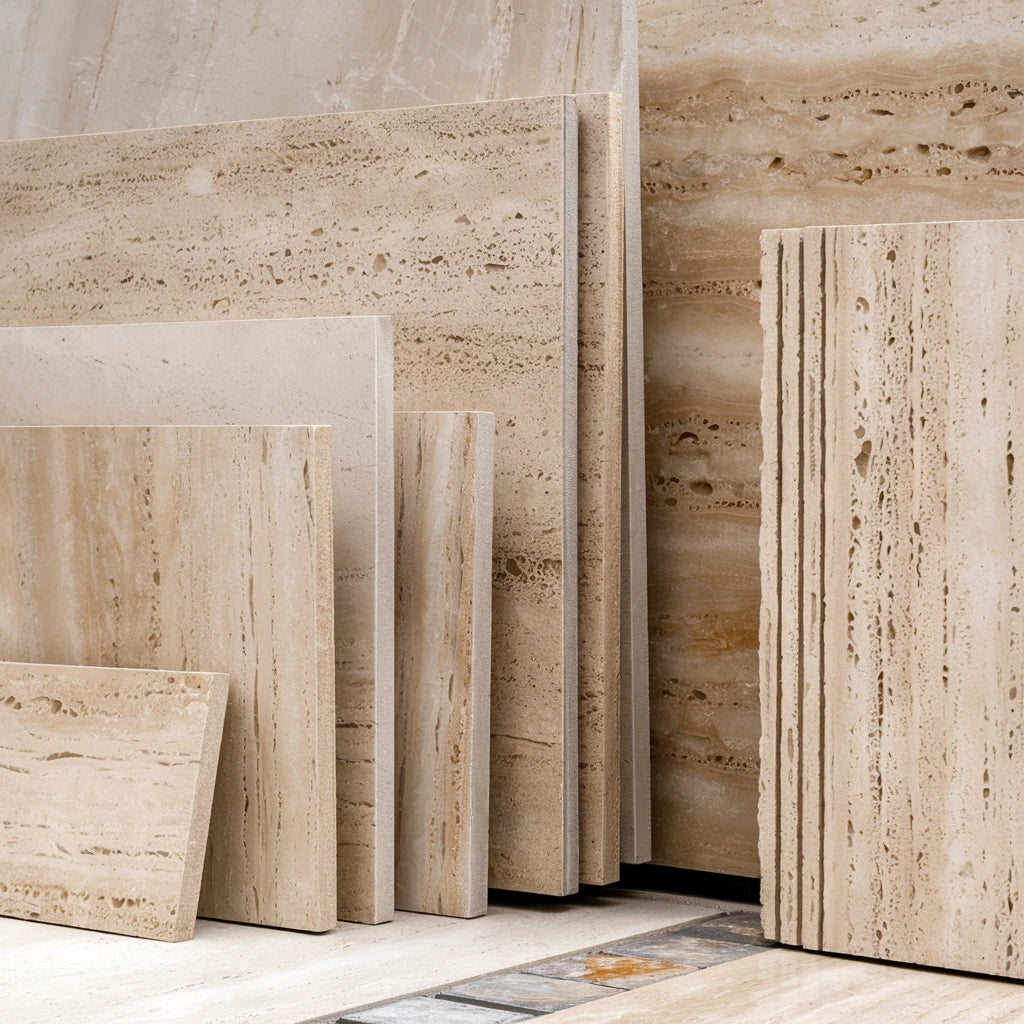 Travertine
Travertine Marble
Marble Limestone
Limestone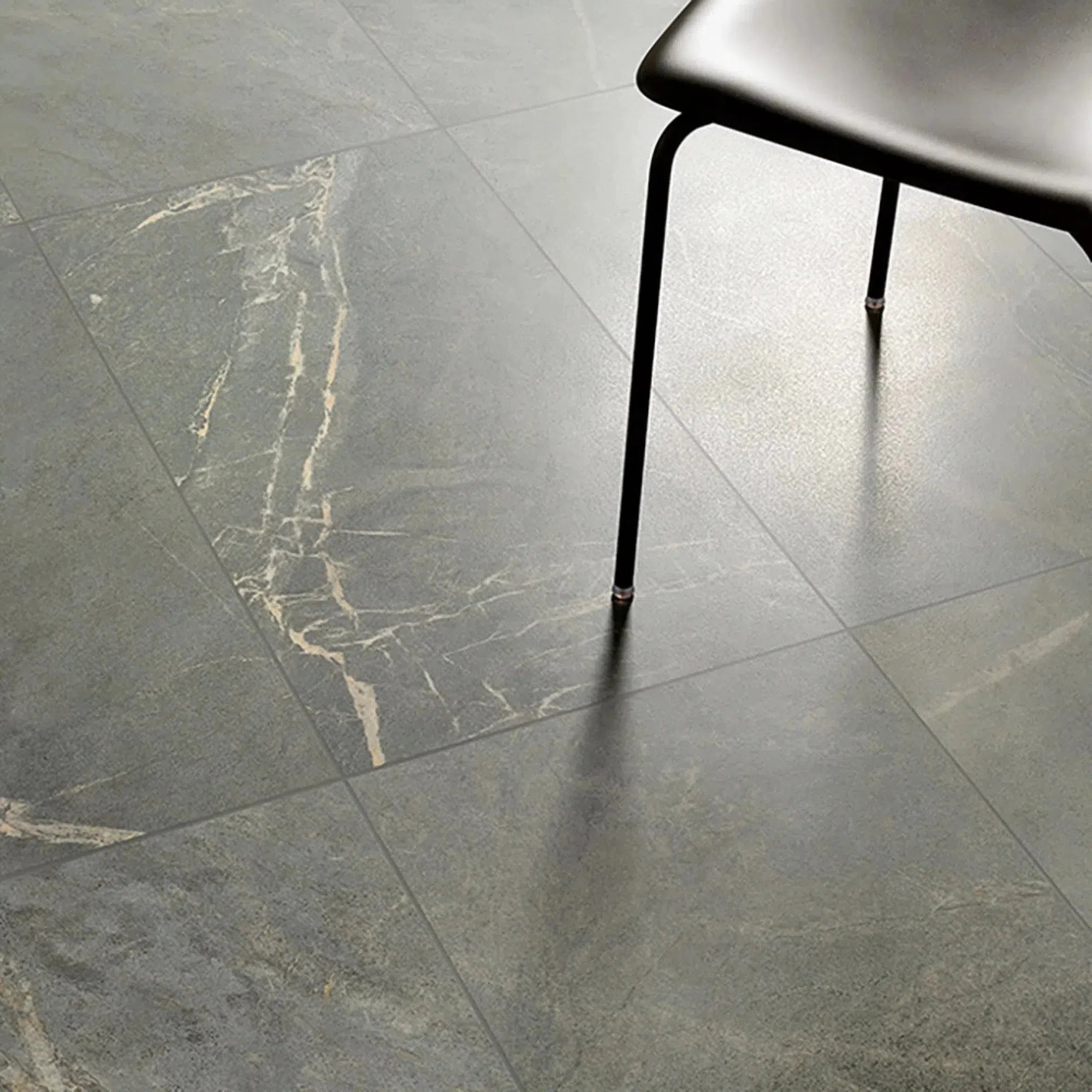 Soap Stone
Soap Stone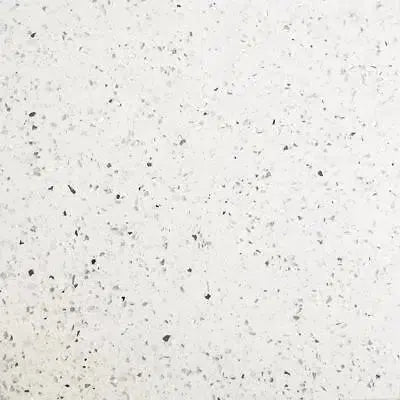 Quartz
Quartz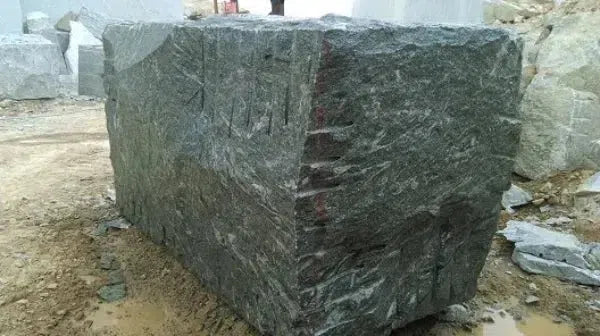 Granite
Granite Shop By Name
Shop By Name
 Absolute Black Granite
Absolute Black Granite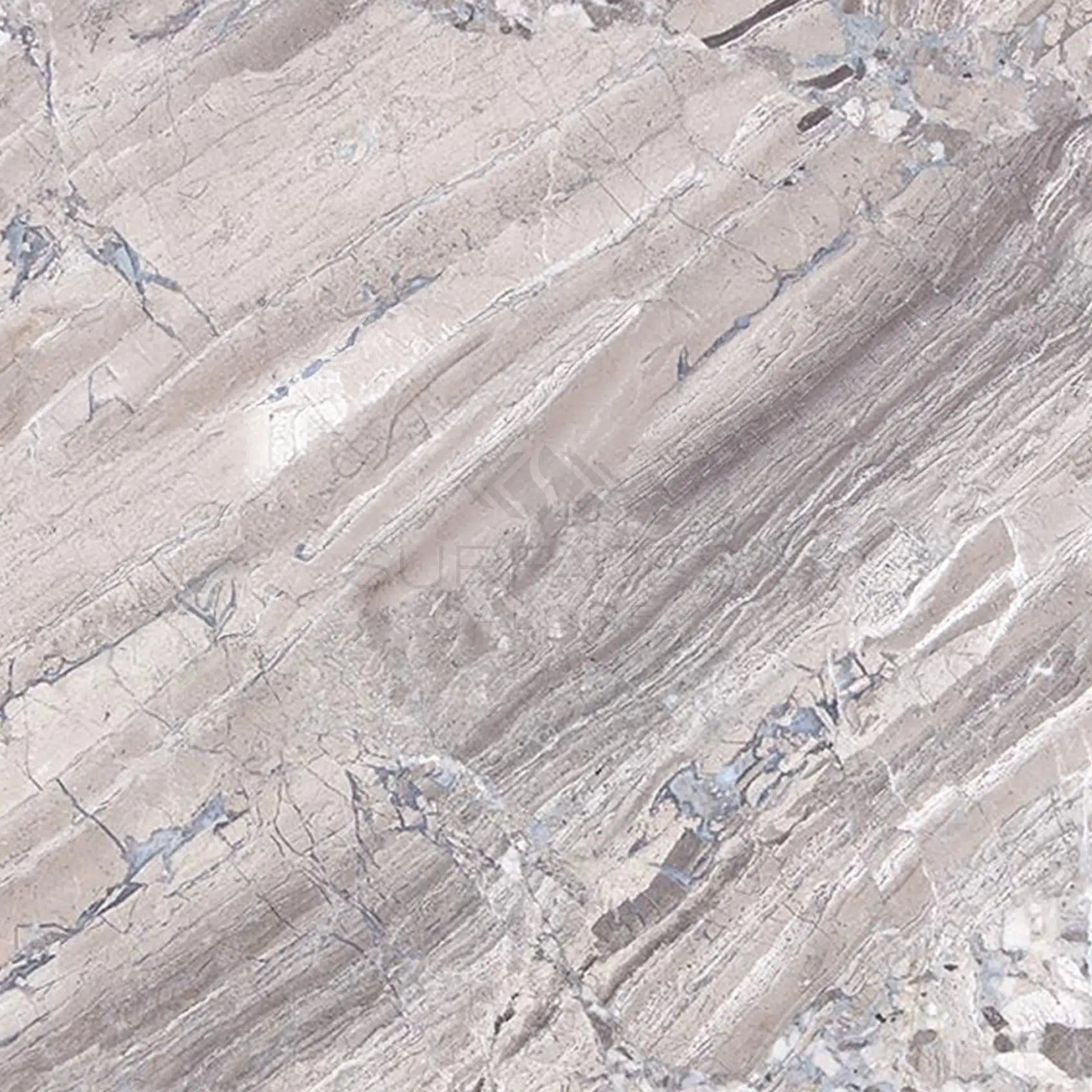 Atlantic Gray Marble
Atlantic Gray Marble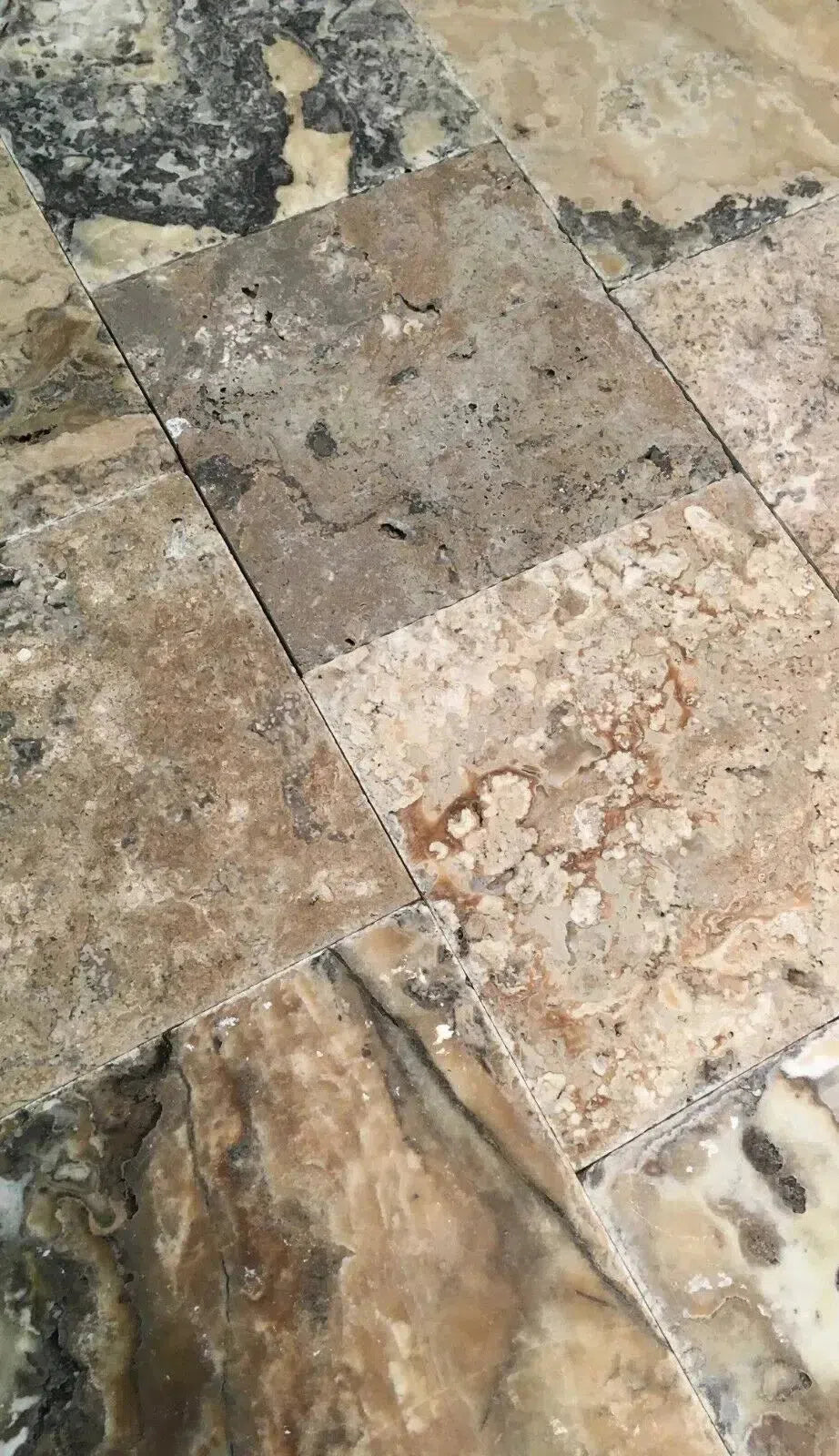 Antico Onyx Travertine
Antico Onyx Travertine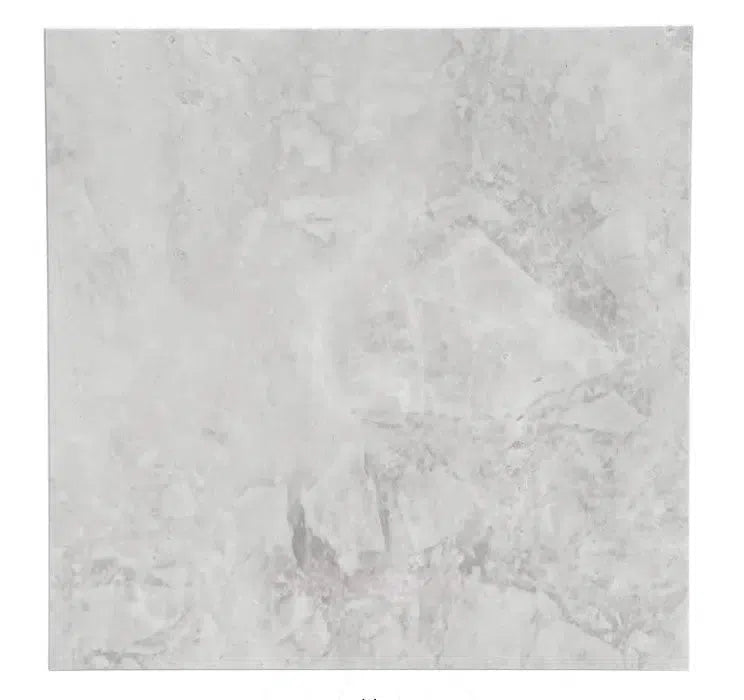 Bianco Congelato Dolomite
Bianco Congelato Dolomite Bianco Venatino (Bianco Mare) Marble
Bianco Venatino (Bianco Mare) Marble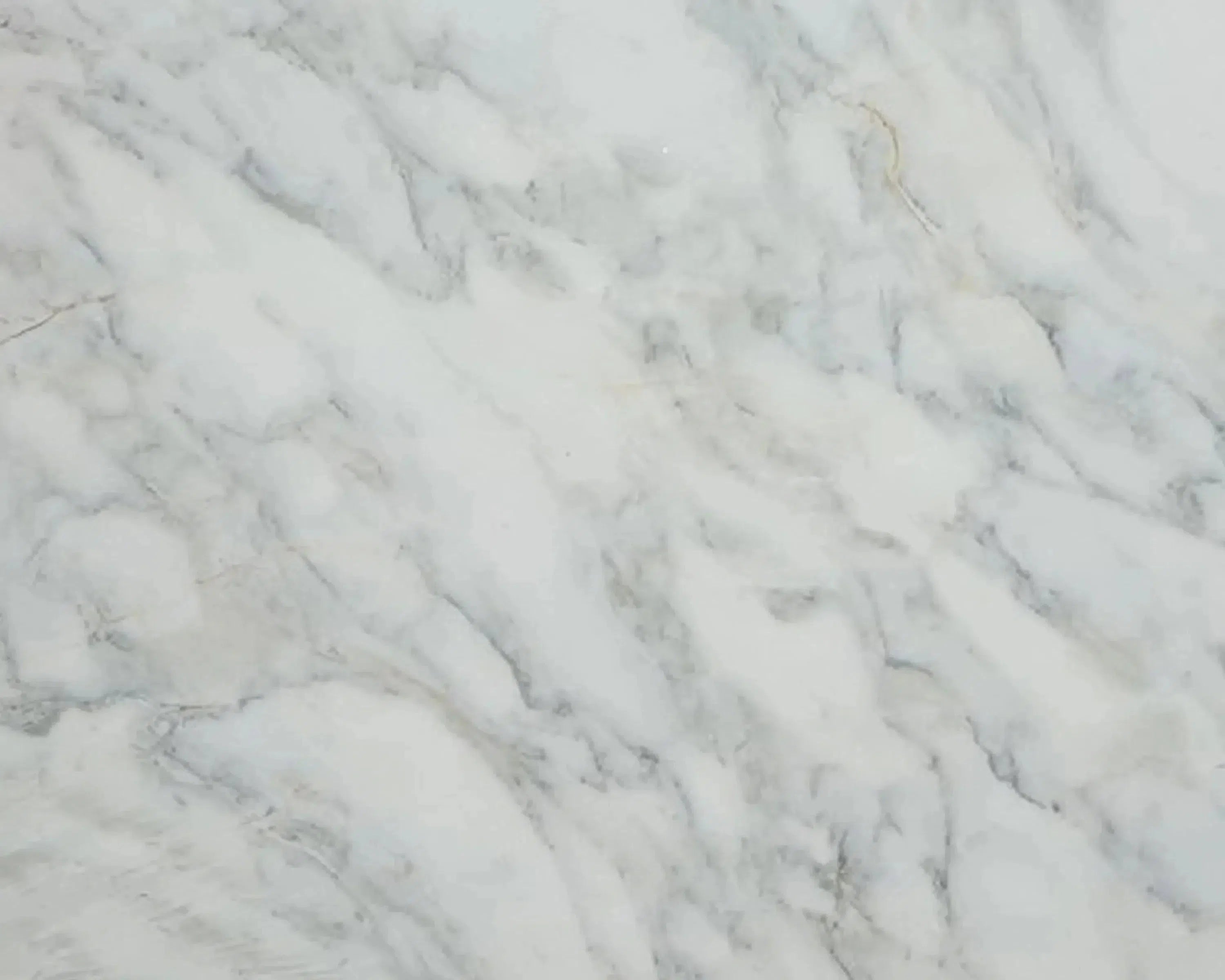 Calacatta Oliva Marble
Calacatta Oliva Marble Cappuccino Marble
Cappuccino Marble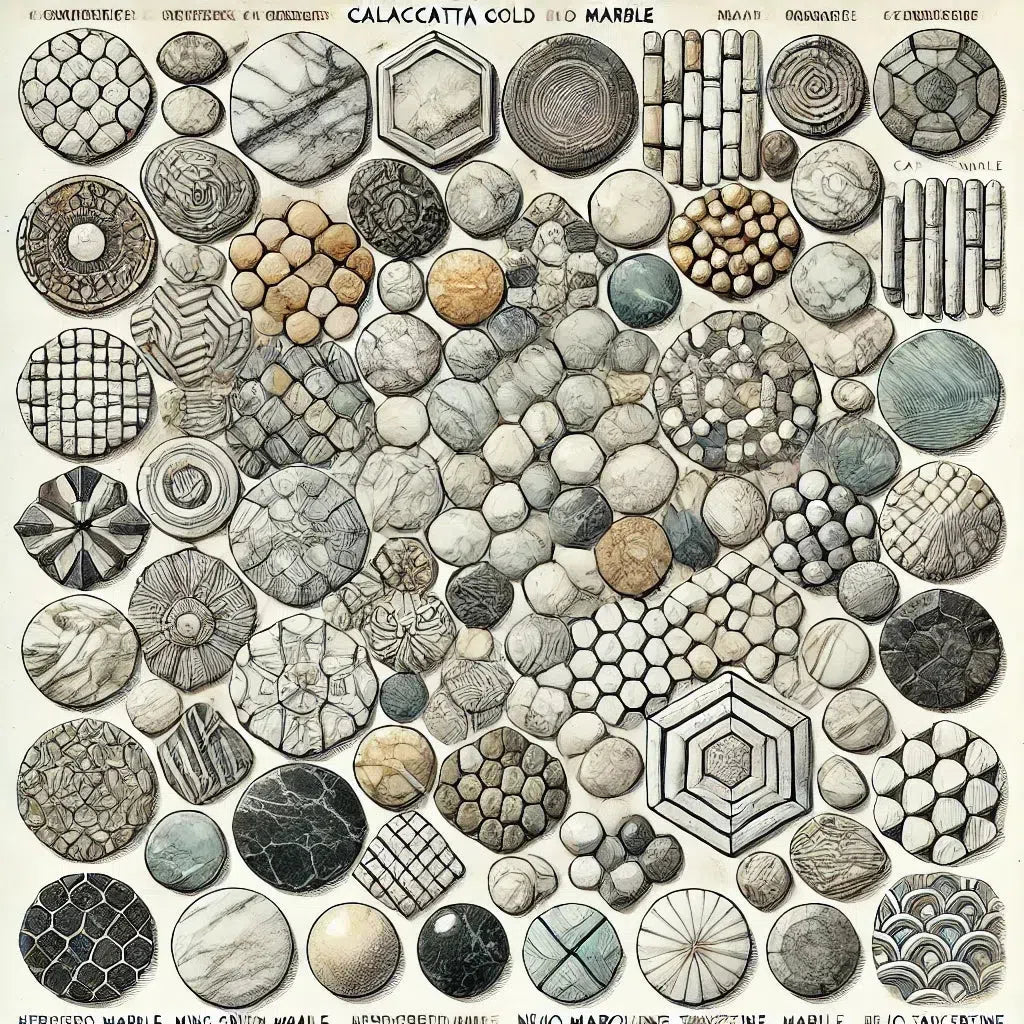 Custom-Made Mosaic
Custom-Made Mosaic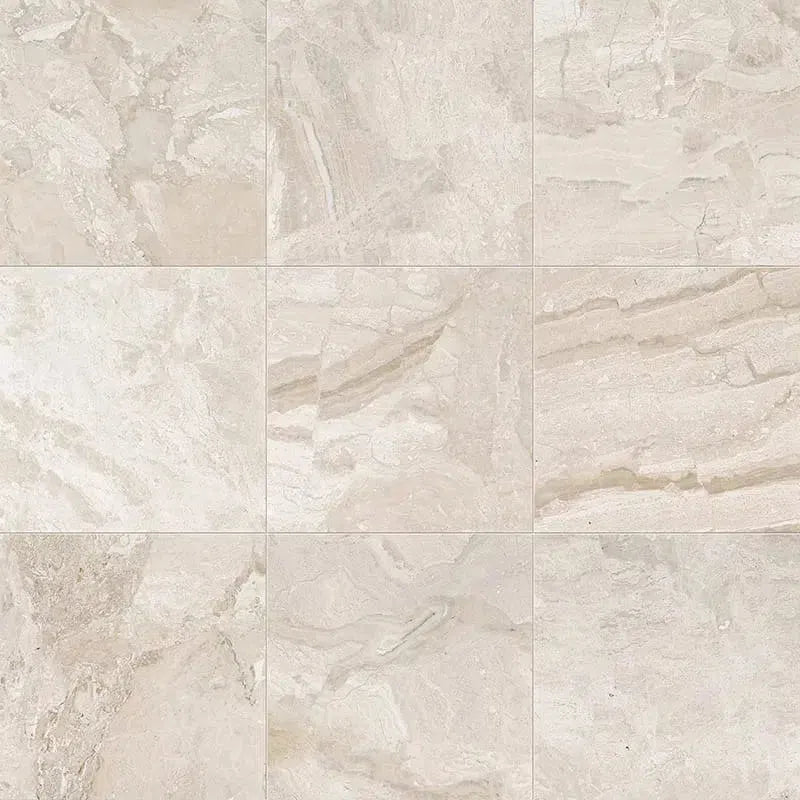 Diano Royal (Queen Beige) Marble
Diano Royal (Queen Beige) Marble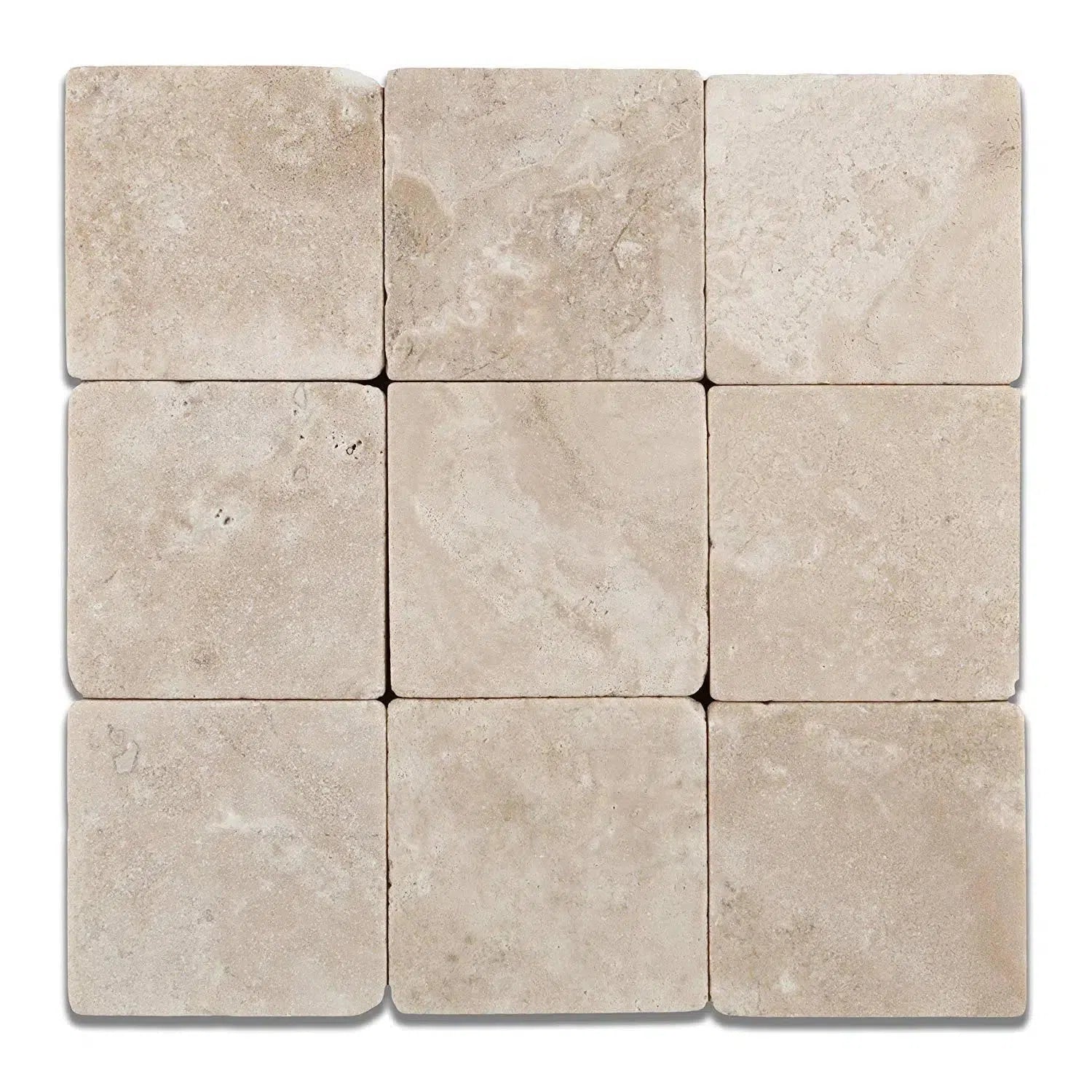 Durango Cream Traverine
Durango Cream Traverine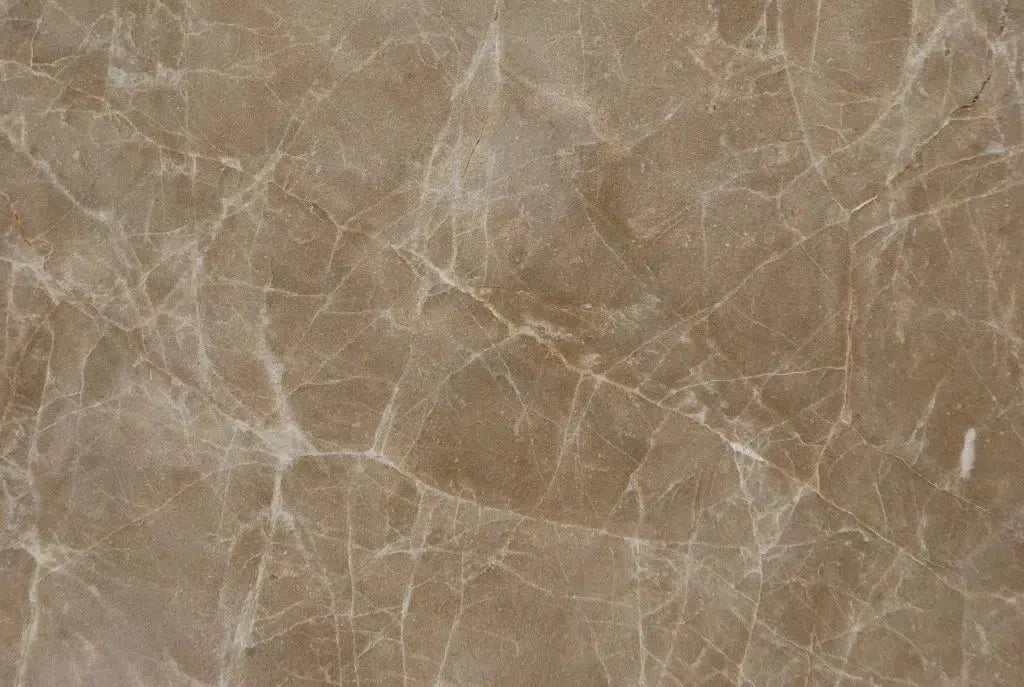 Emperador Light Marble
Emperador Light Marble Empress Green Marble
Empress Green Marble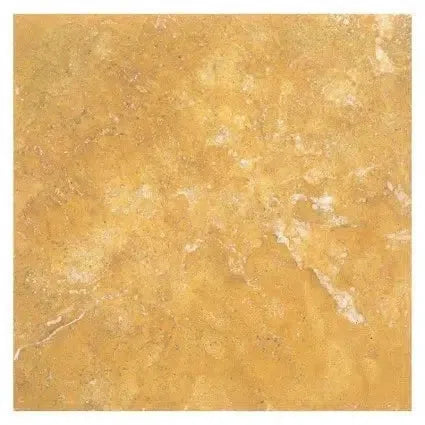 Gold/Yellow Travertine
Gold/Yellow Travertine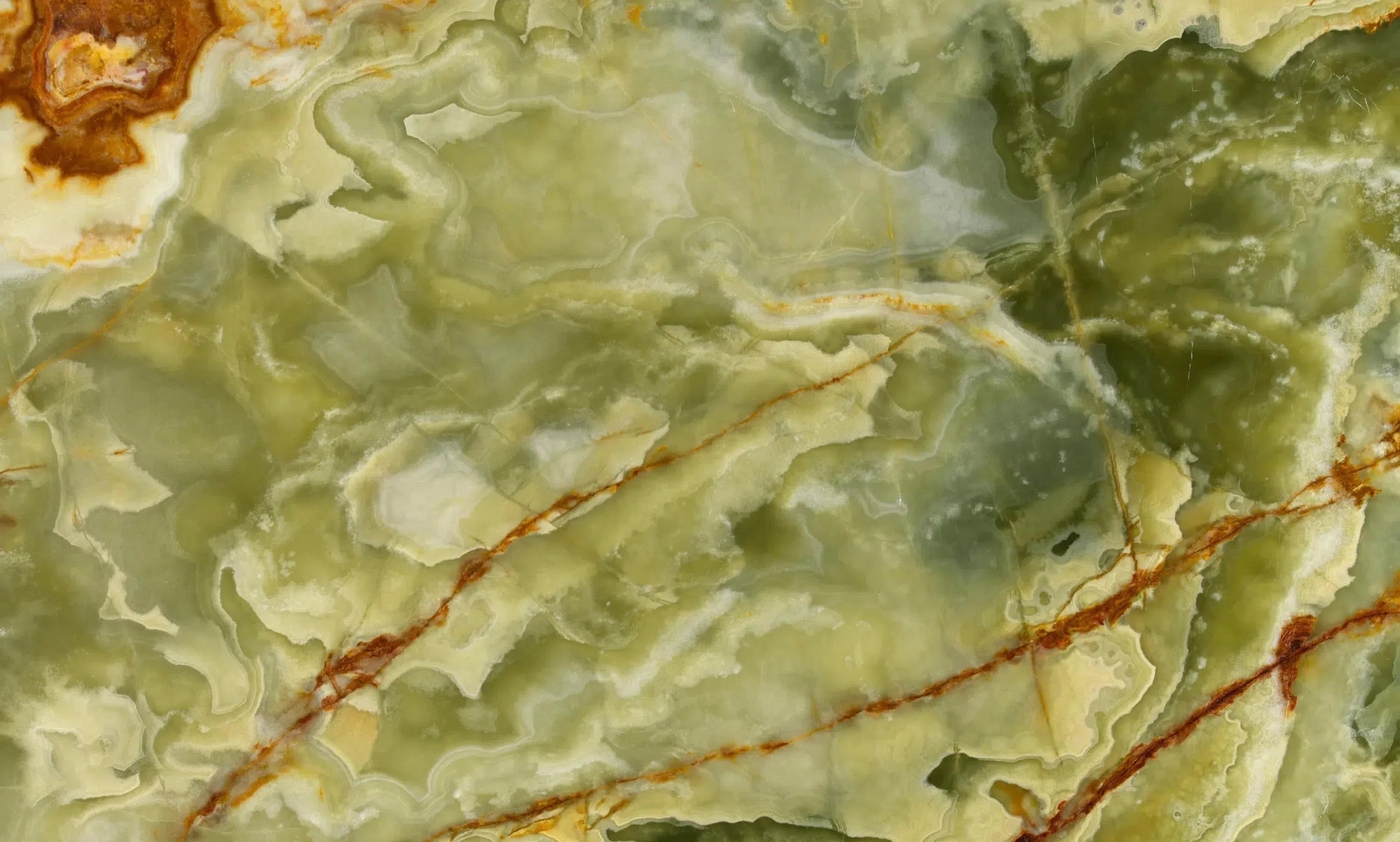 Green Onyx Marble
Green Onyx Marble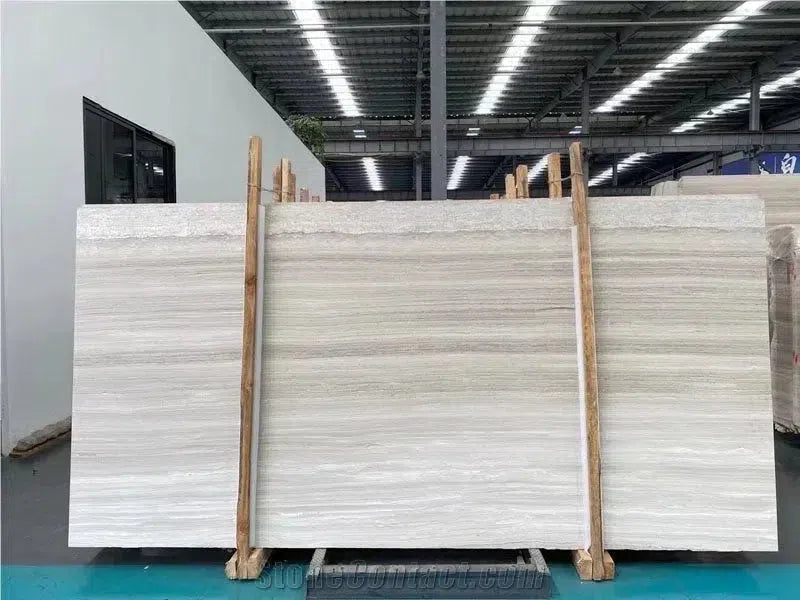 Haisa Light (White Wood) Limestone
Haisa Light (White Wood) Limestone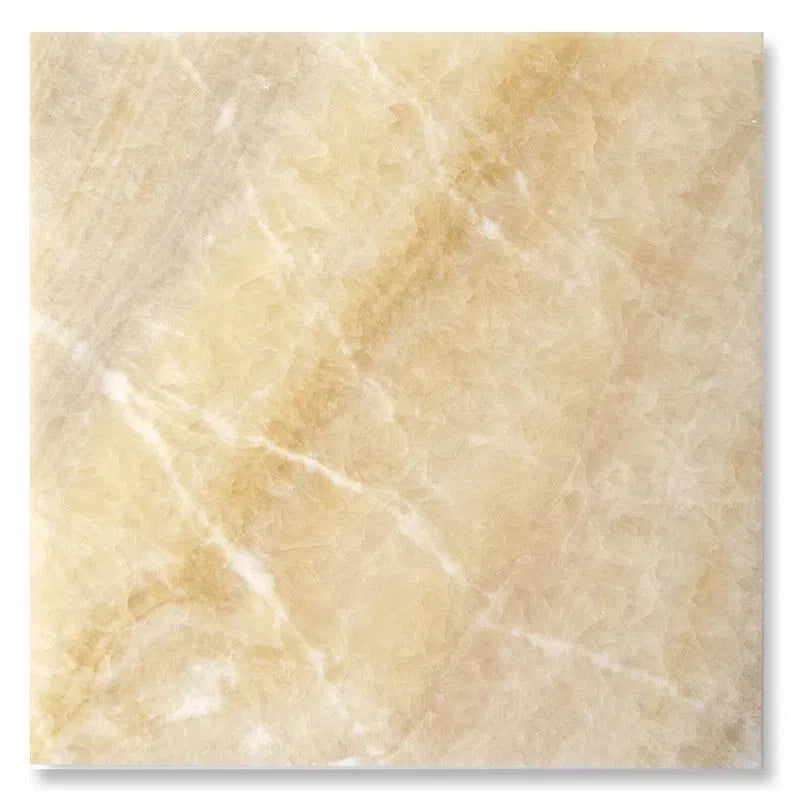 Honey Onyx Marble
Honey Onyx Marble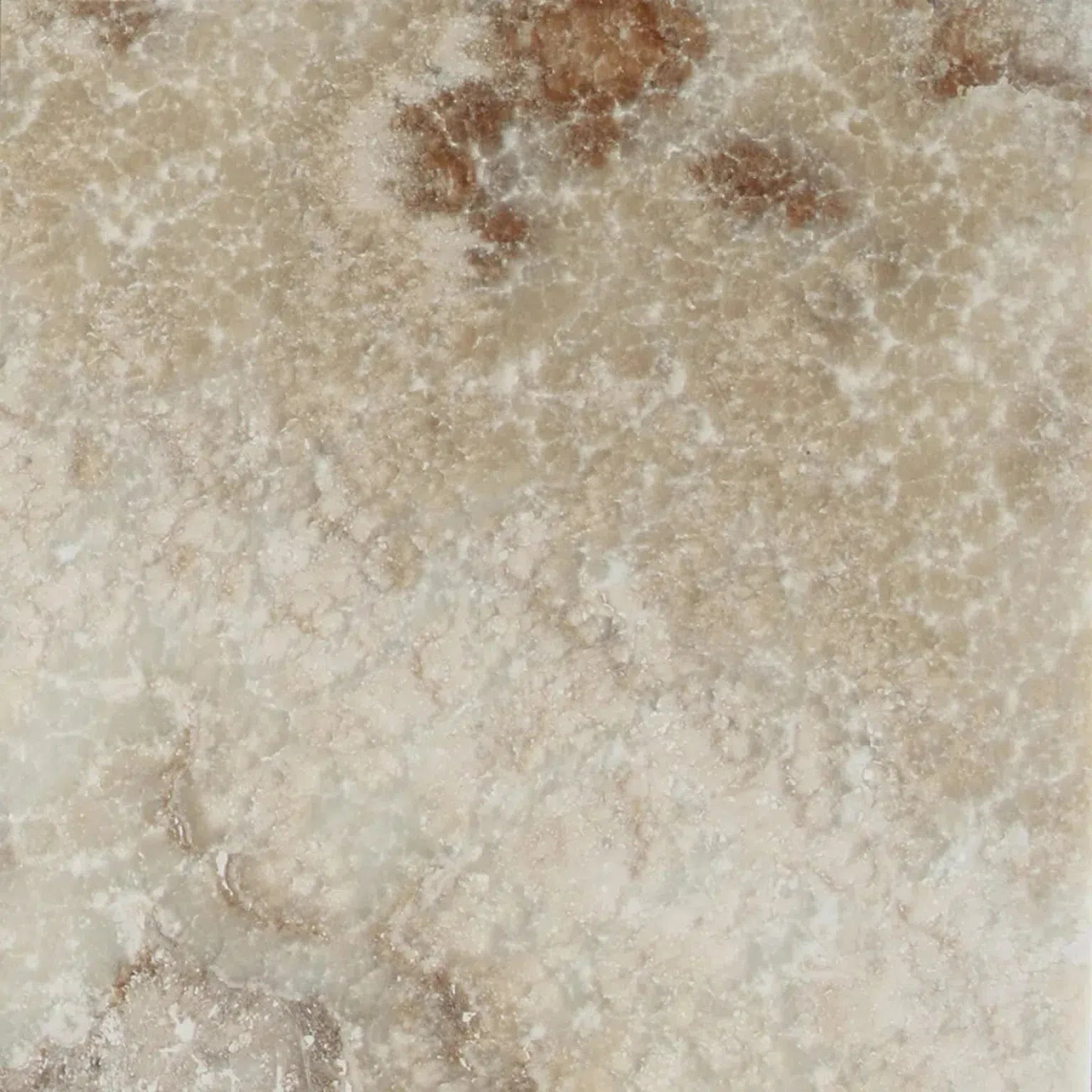 La Travonya Travertine
La Travonya Travertine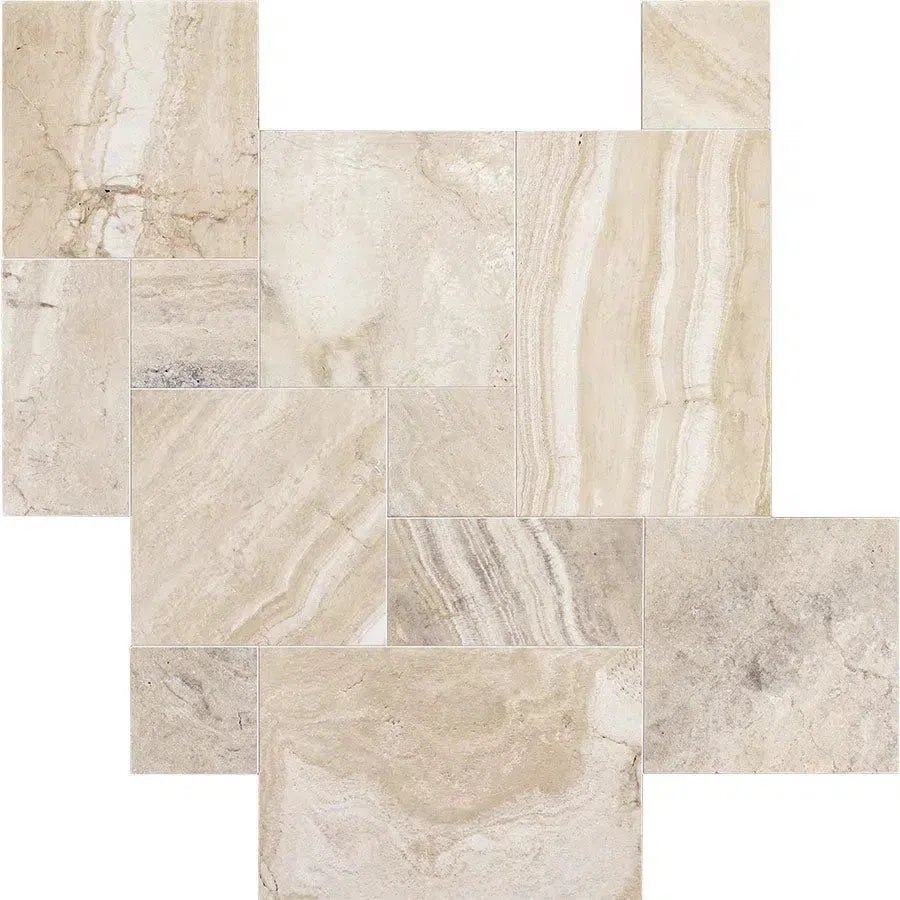 Malibu Travertine
Malibu Travertine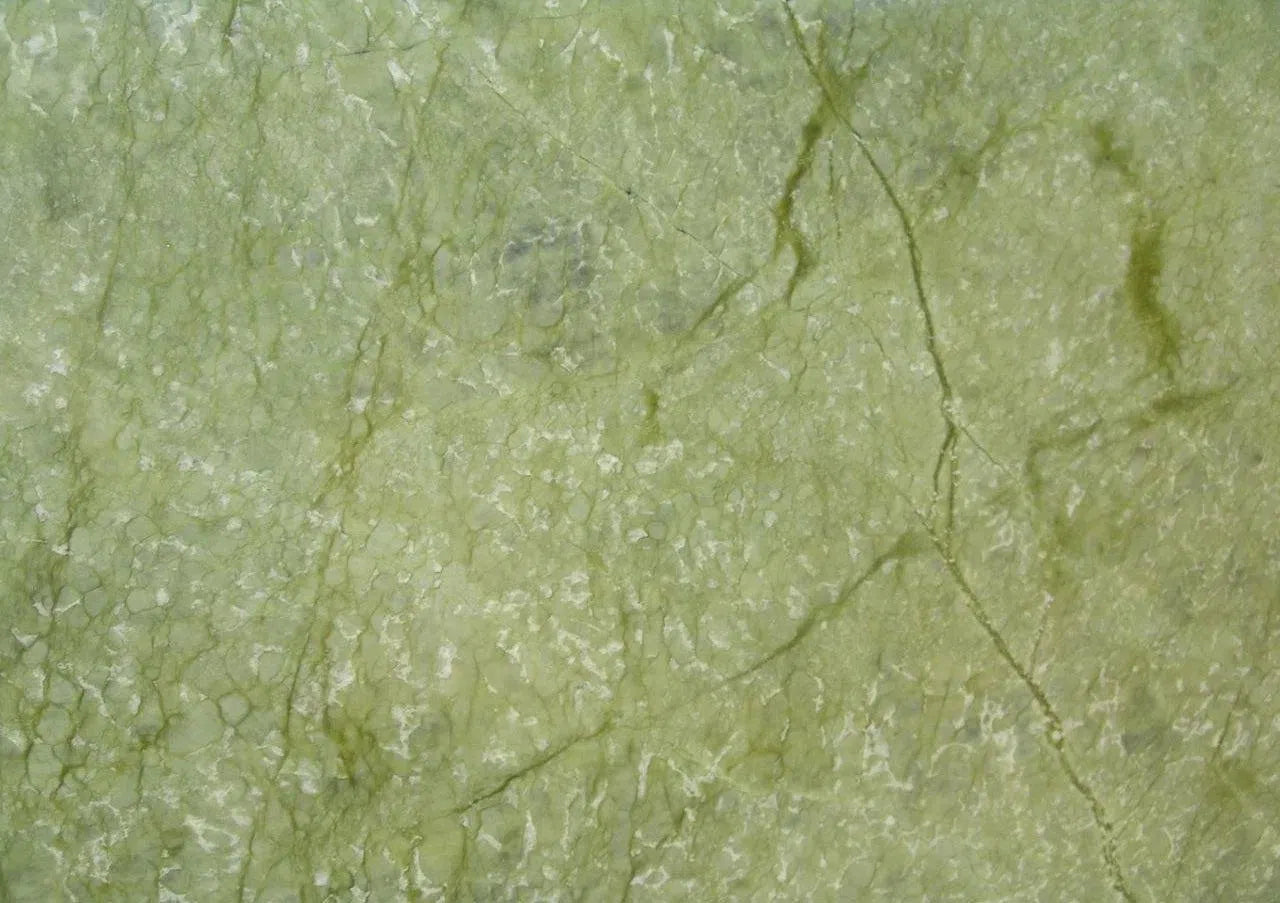 Ming Green Marble
Ming Green Marble Mink (Equator) Marble
Mink (Equator) Marble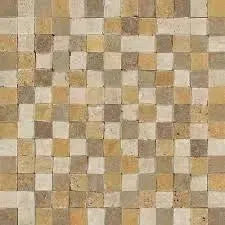 Mixed (Ivory-Noce-Gold) Travertine
Mixed (Ivory-Noce-Gold) Travertine Oriental White Marble
Oriental White Marble Pierre Bleue (Pierre Blue) Marble
Pierre Bleue (Pierre Blue) Marble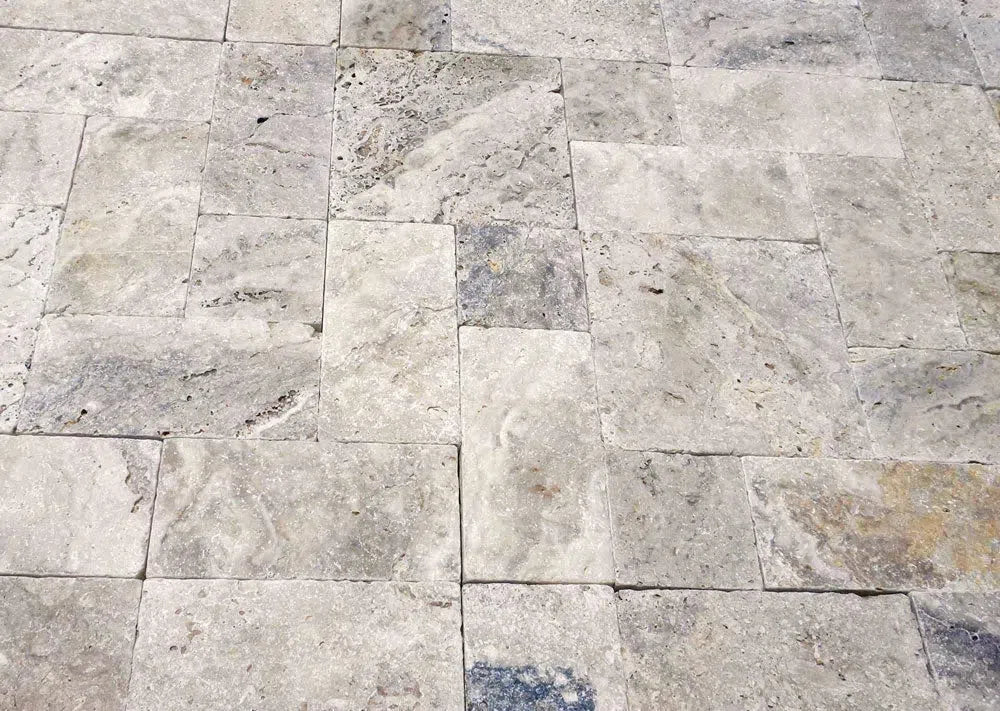 Philadelphia Travertine
Philadelphia Travertine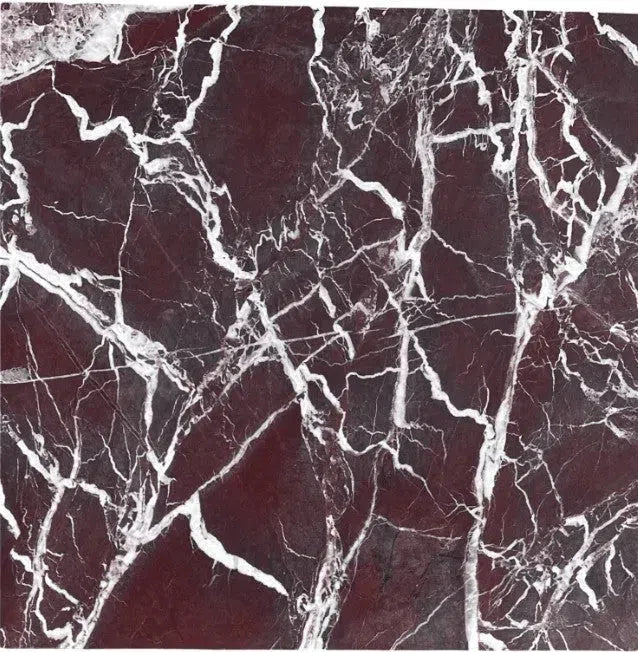 Rosso Levanto Marble
Rosso Levanto Marble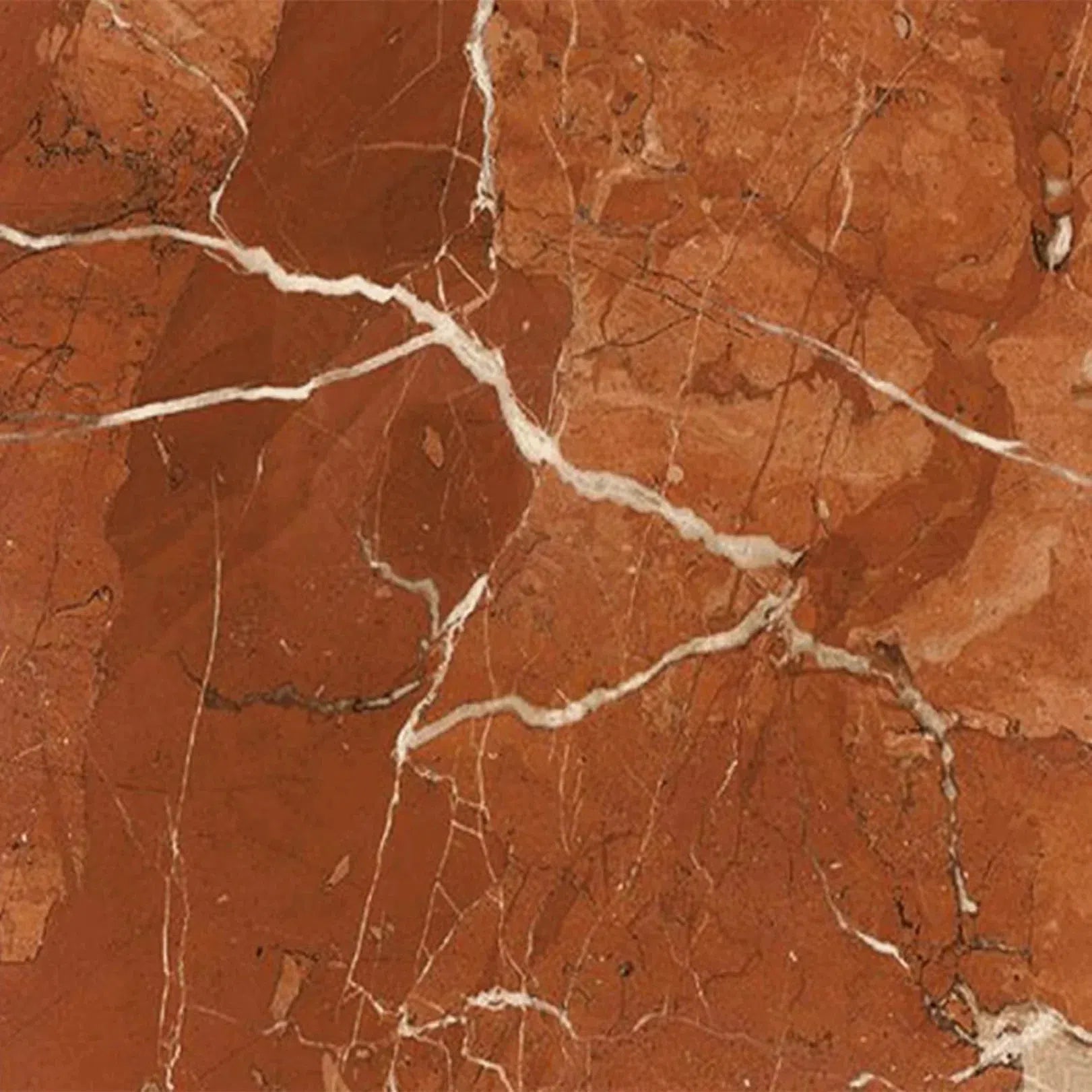 Rojo Alicante Marble
Rojo Alicante Marble Sky Blue | Azul Cielo Marble
Sky Blue | Azul Cielo Marble Snow White (Afyon White) Marble
Snow White (Afyon White) Marble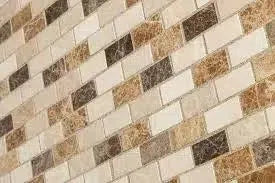 Spanish Mix Marble
Spanish Mix Marble Statuary - Statuario White (Italian) Marble
Statuary - Statuario White (Italian) Marble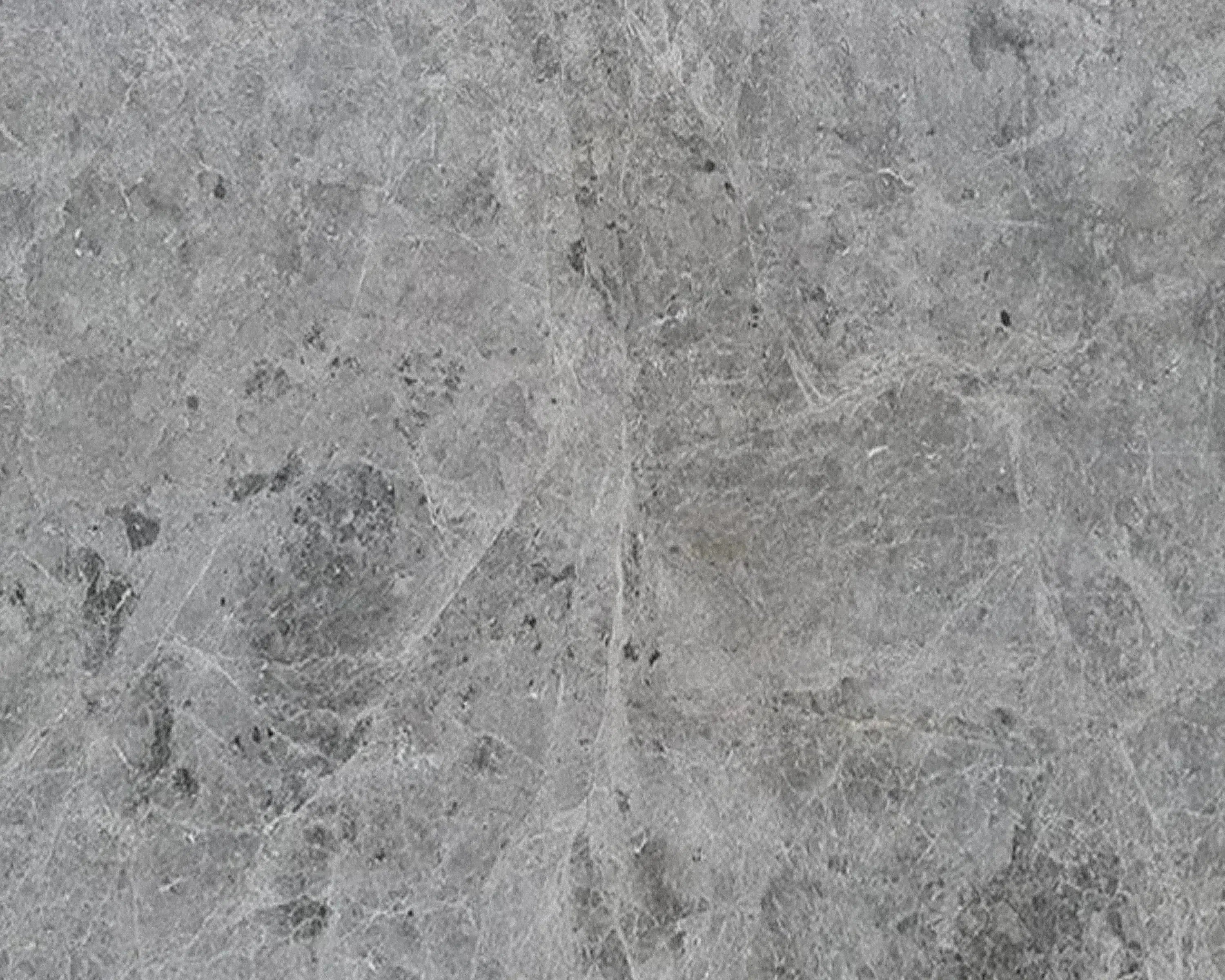 Tundra Gray (Atlantic Gray) Marble
Tundra Gray (Atlantic Gray) Marble Valencia Travertine
Valencia Travertine Valerenga Travertine
Valerenga Travertine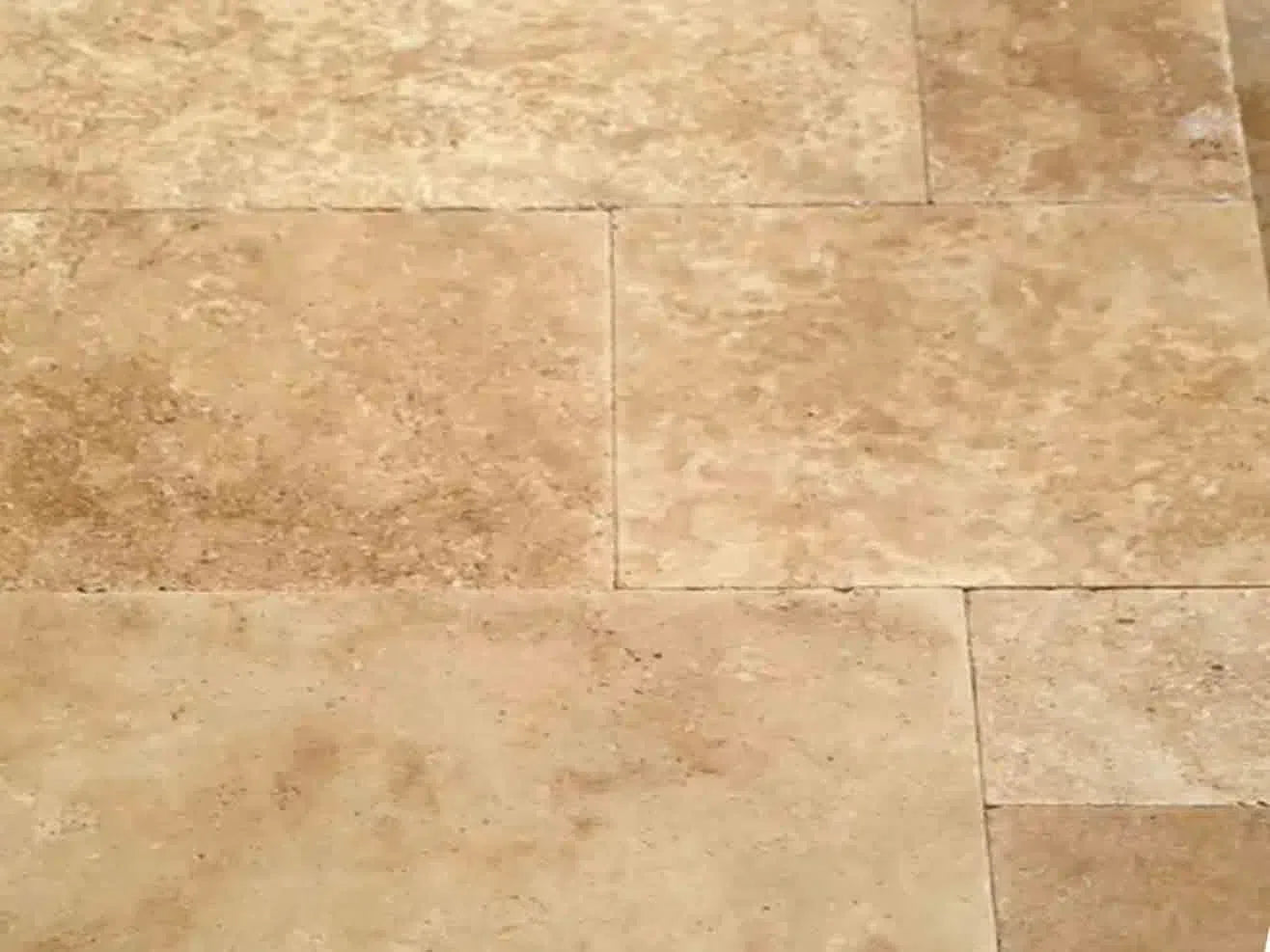 Walnut Travertine
Walnut Travertine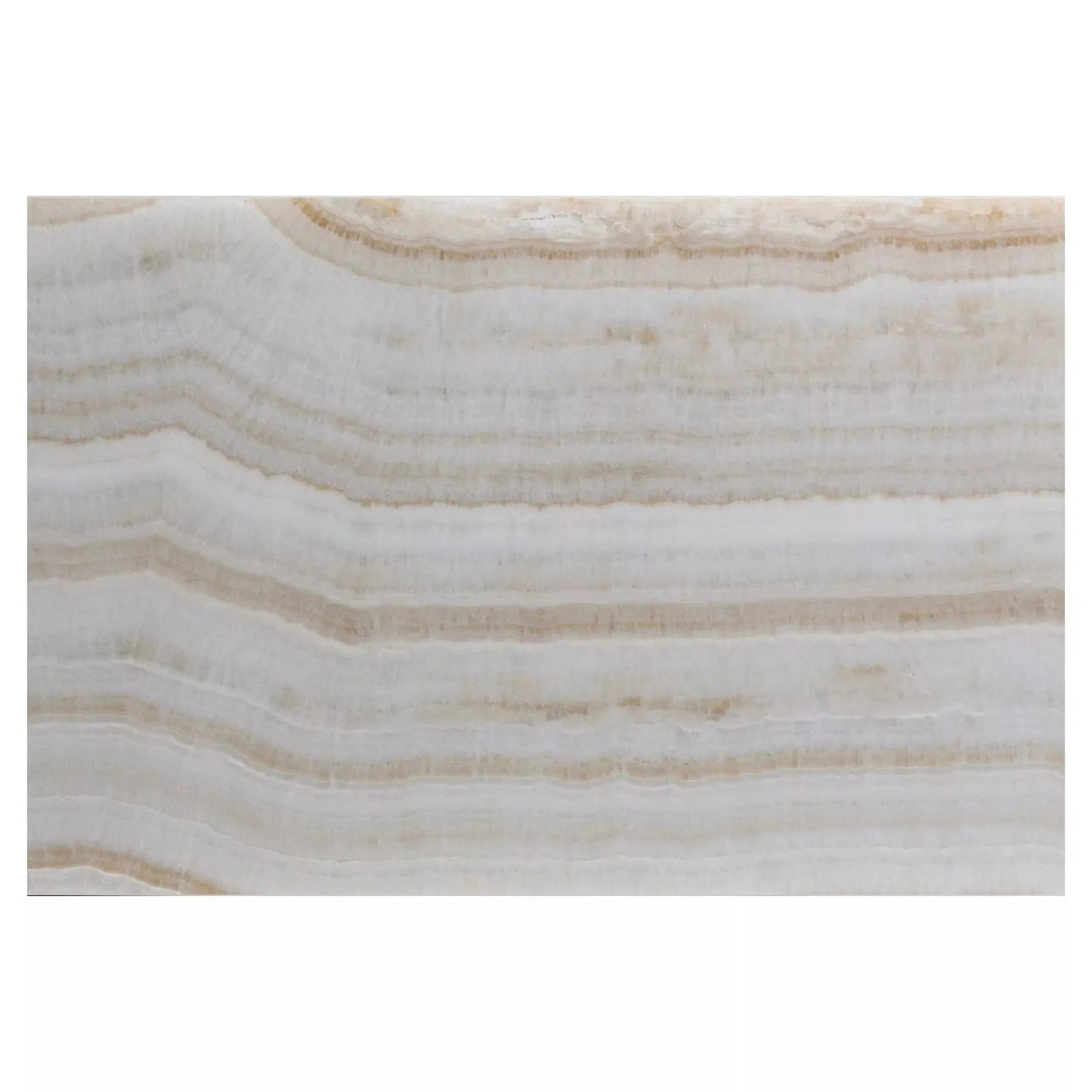 White Onyx Marble
White Onyx Marble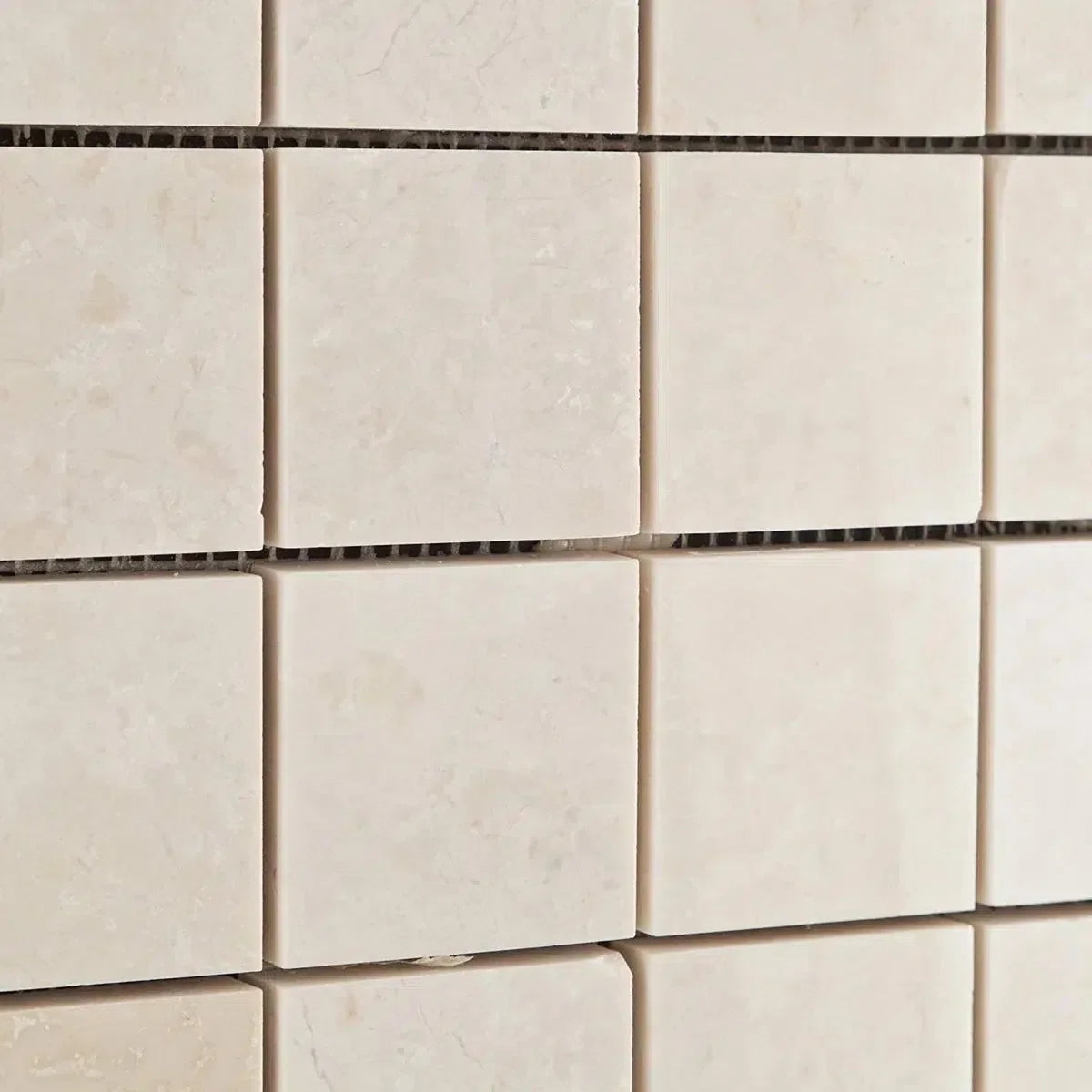 White Pearl/Botticino Beiege Marble
White Pearl/Botticino Beiege Marble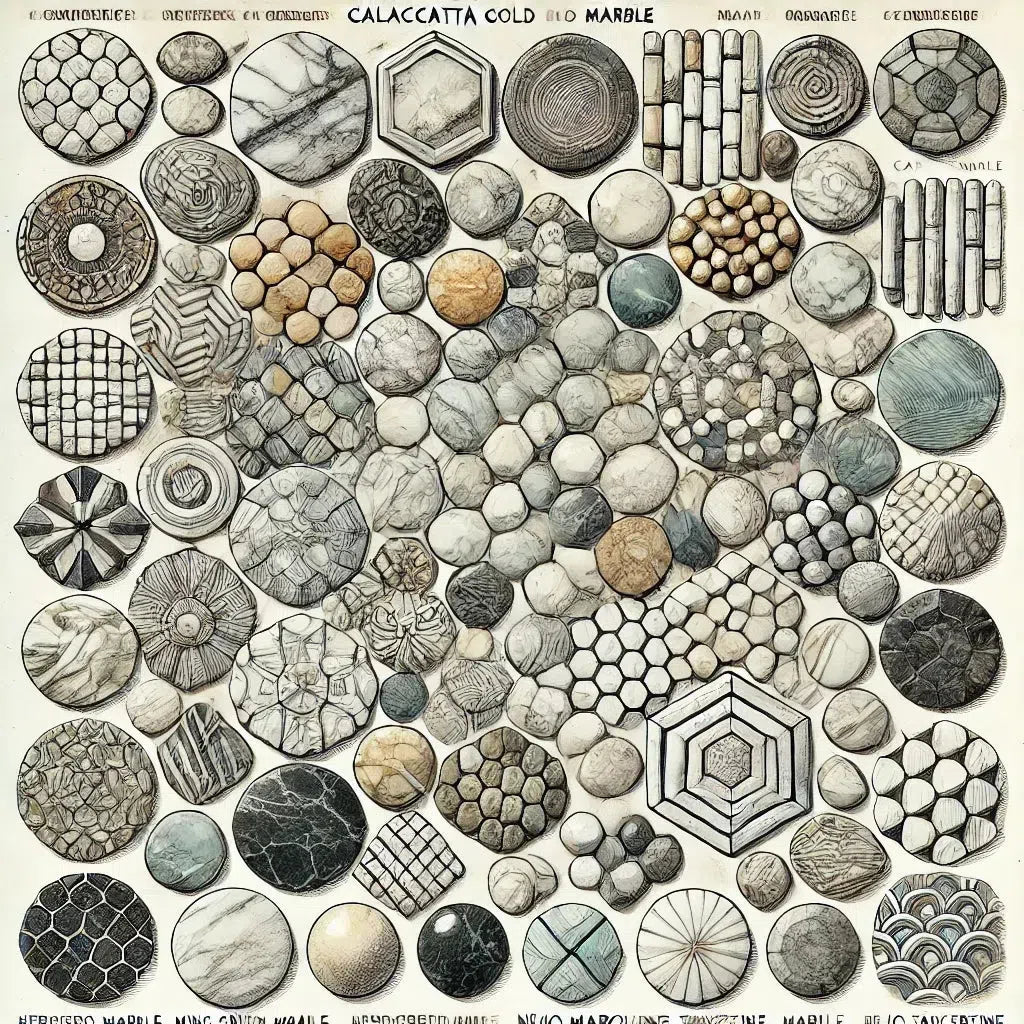 Shop By Type
Shop By Type
 Marble Tiles
Marble Tiles Marble Mosaic
Marble Mosaic Travertine Tiles
Travertine Tiles Travertine Mosaic
Travertine Mosaic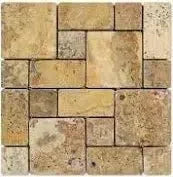 4 pcs Versailles Pattern / French Pattern Set
4 pcs Versailles Pattern / French Pattern Set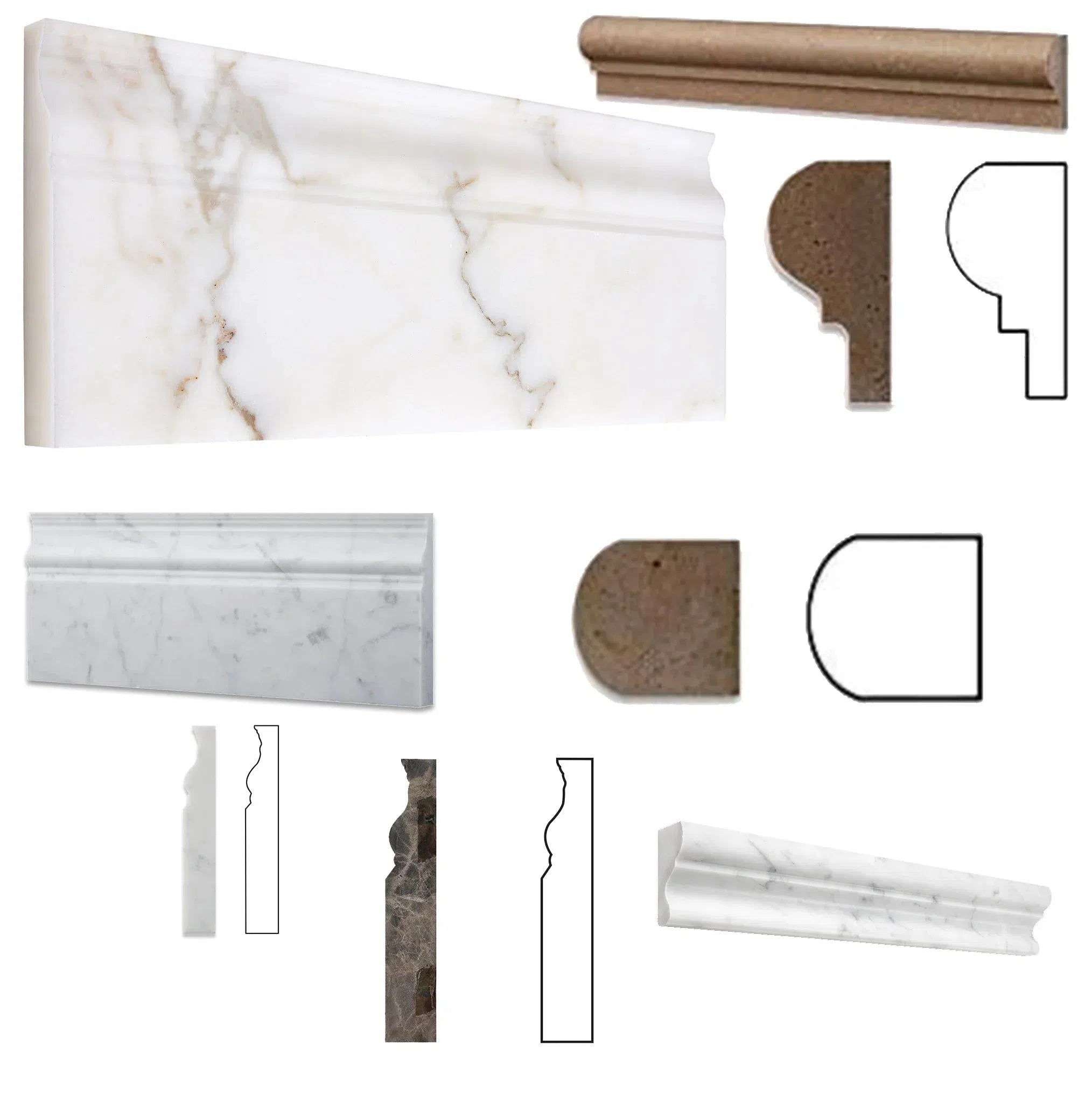 Molding/Trim
Molding/Trim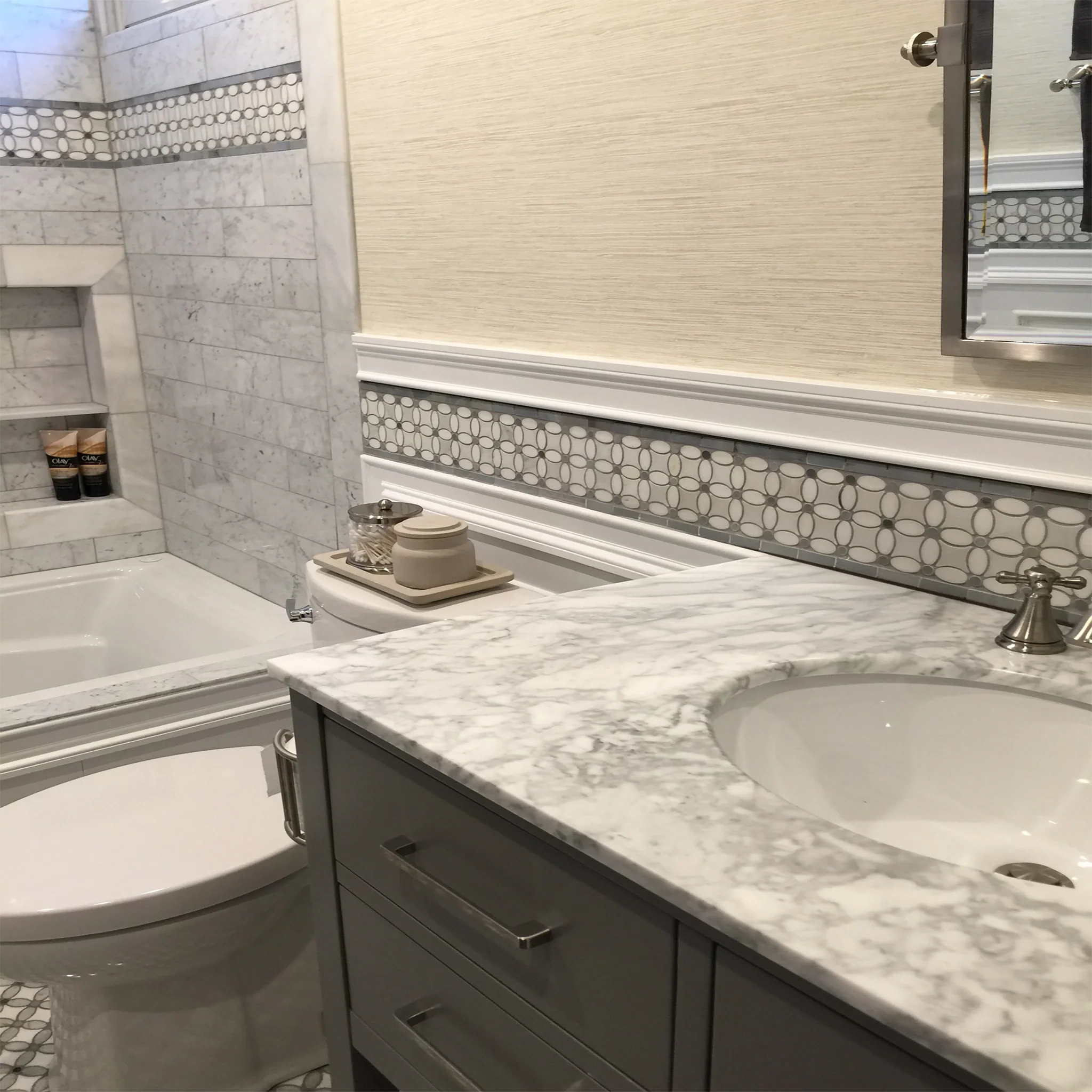 Border/Listello
Border/Listello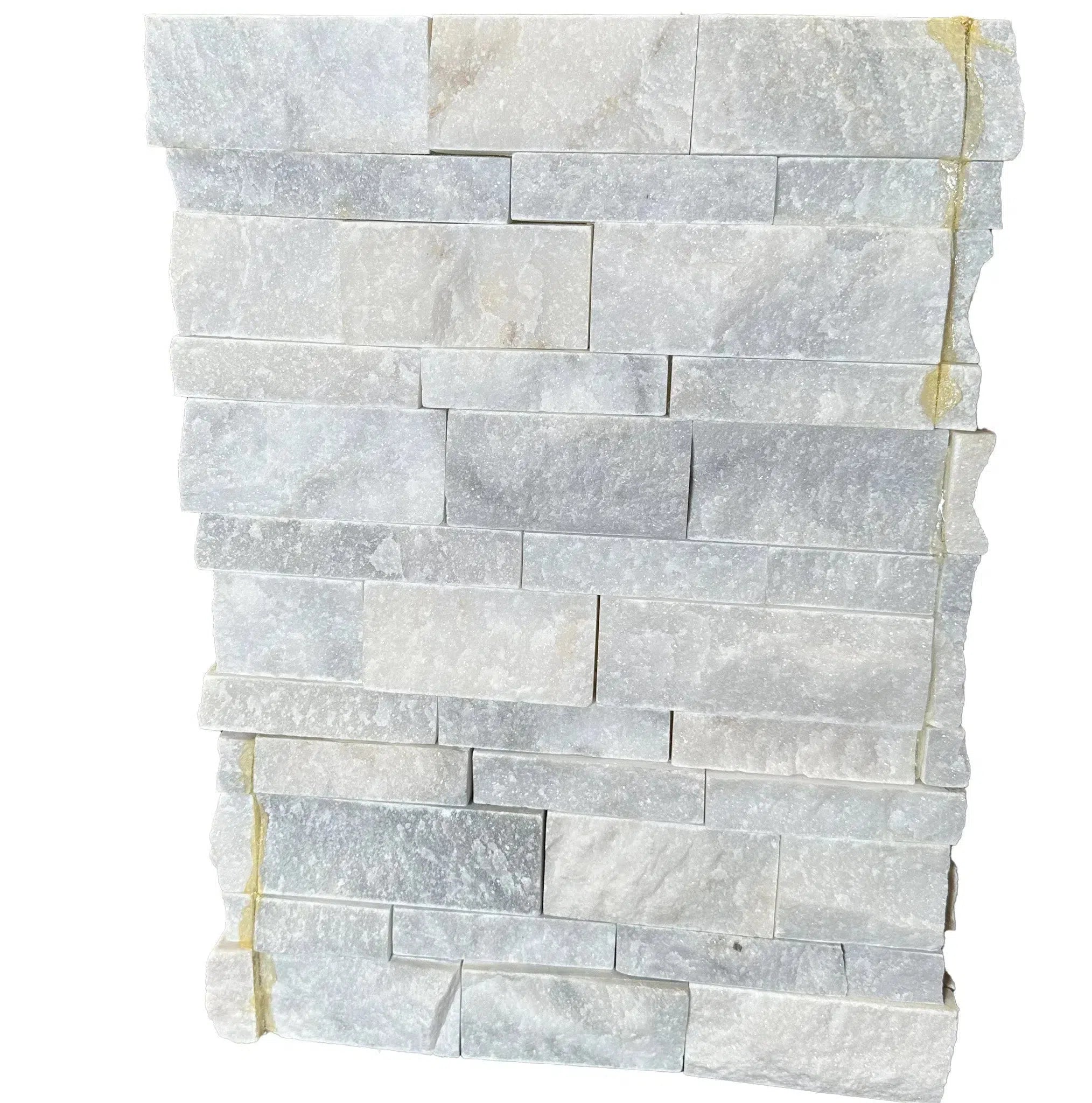 Ledger-Panel
Ledger-Panel Checkerboard
Checkerboard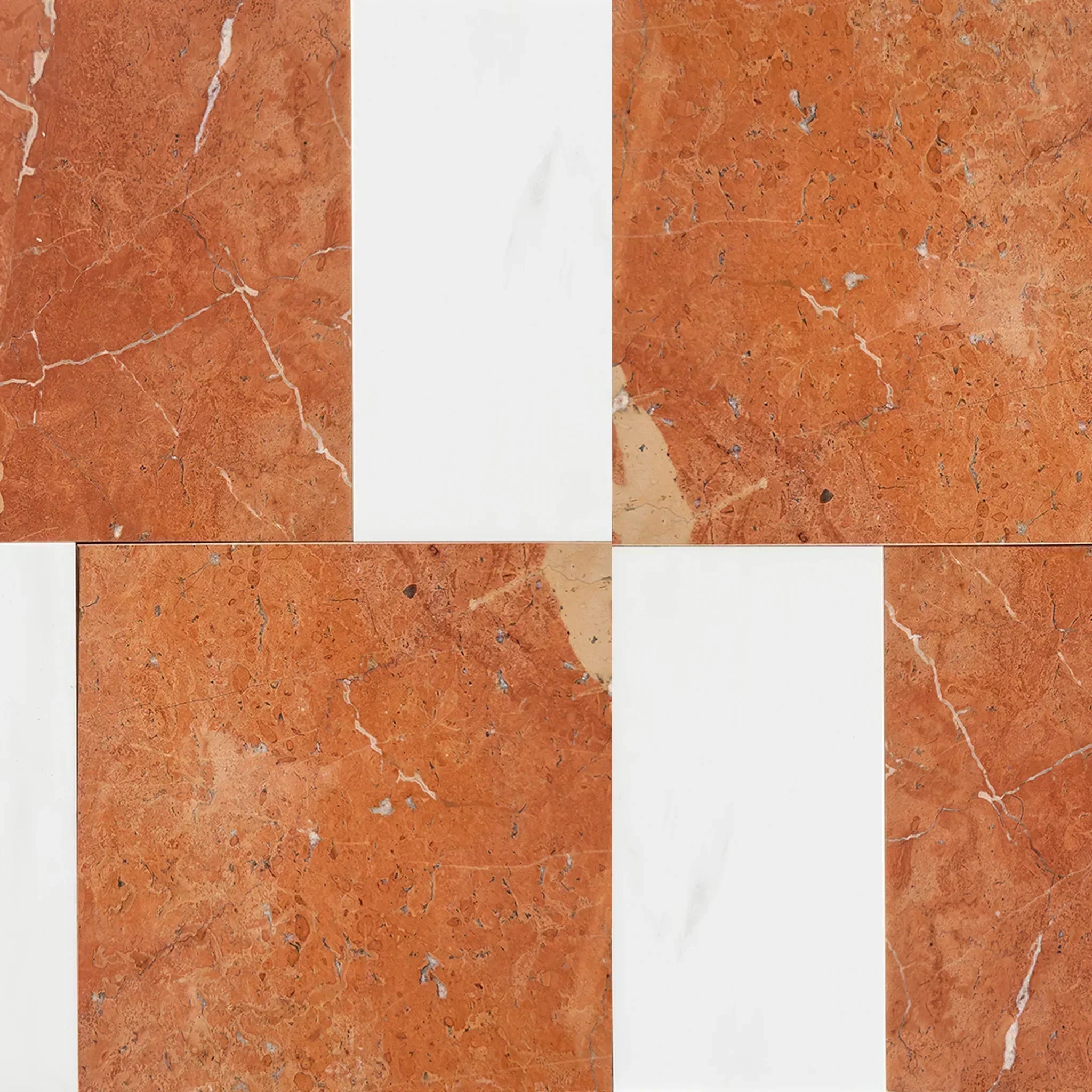 Patterned Tile Collection
Patterned Tile Collection  Shop By Finish
Shop By Finish
 Polished
Polished Honed
Honed Brushed
Brushed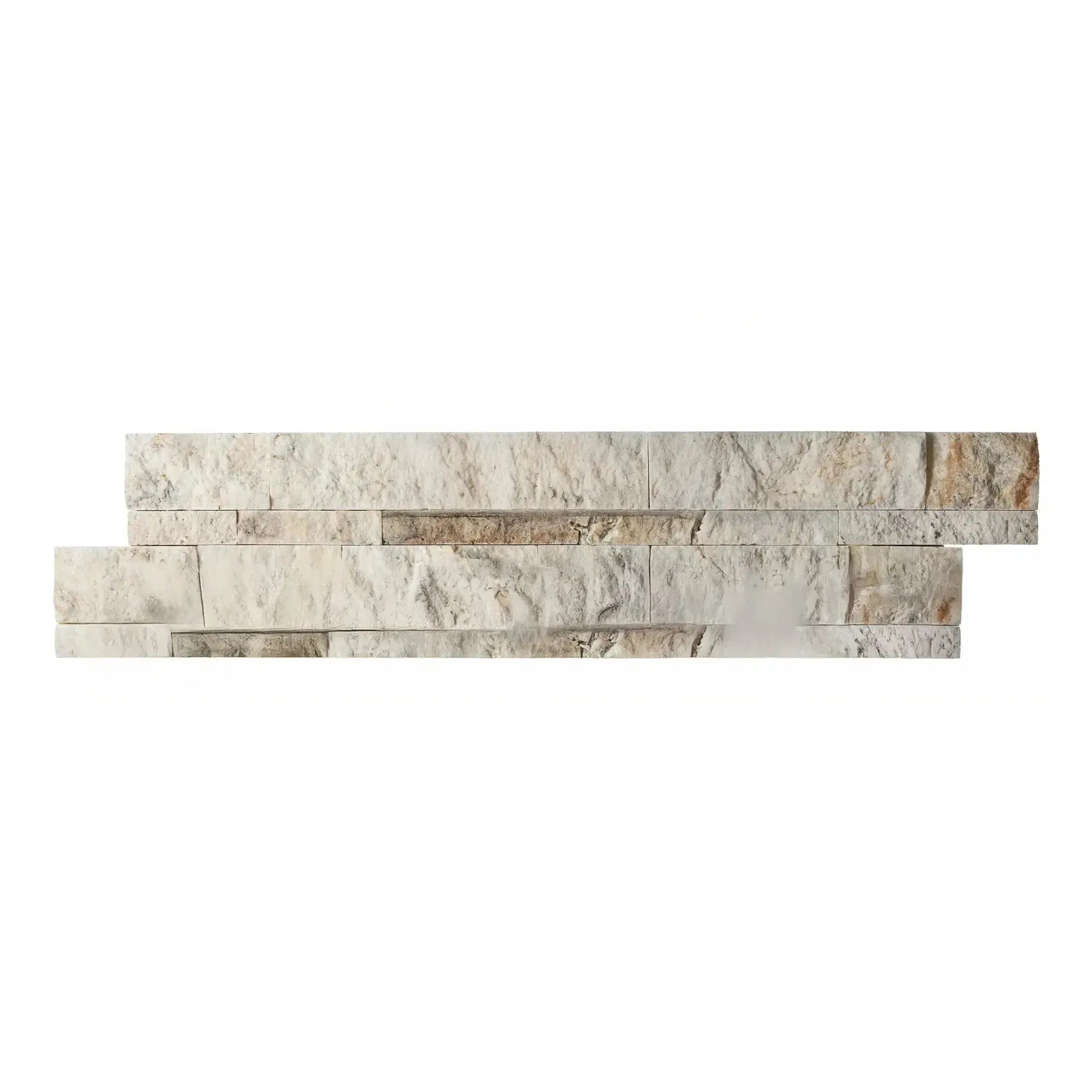 Split Face
Split Face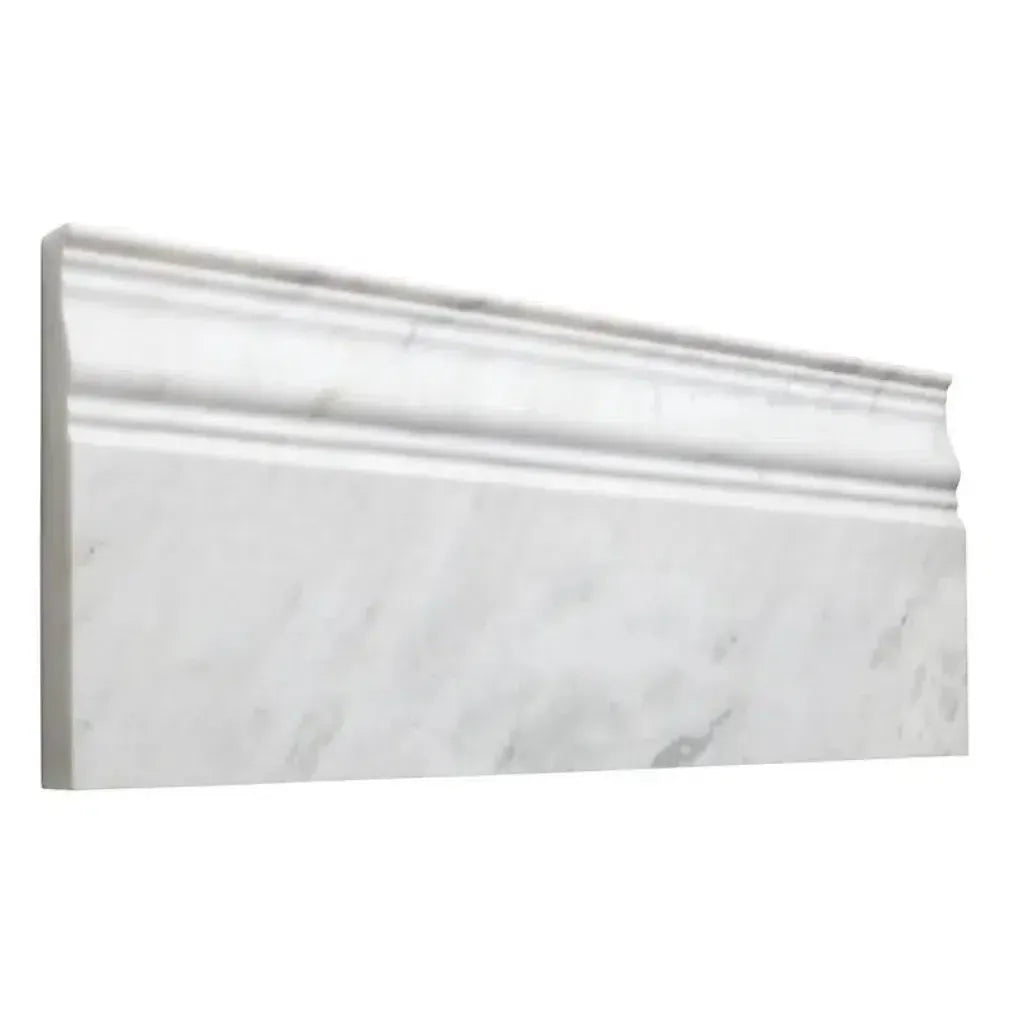 Textured
Textured Tumbled
Tumbled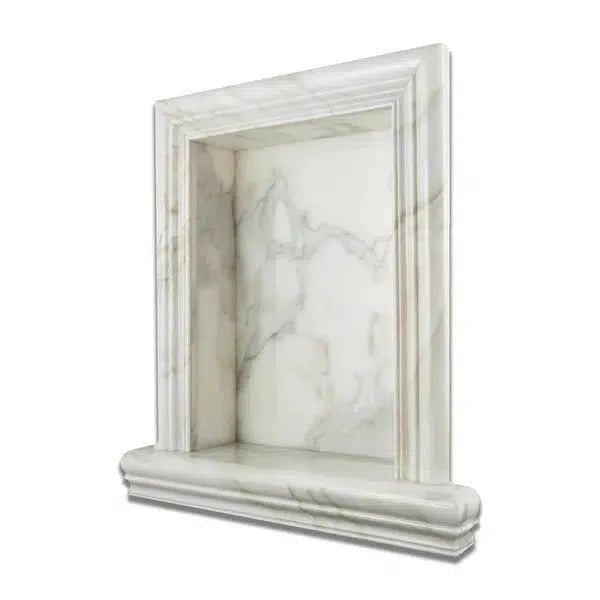 Accessories
Accessories
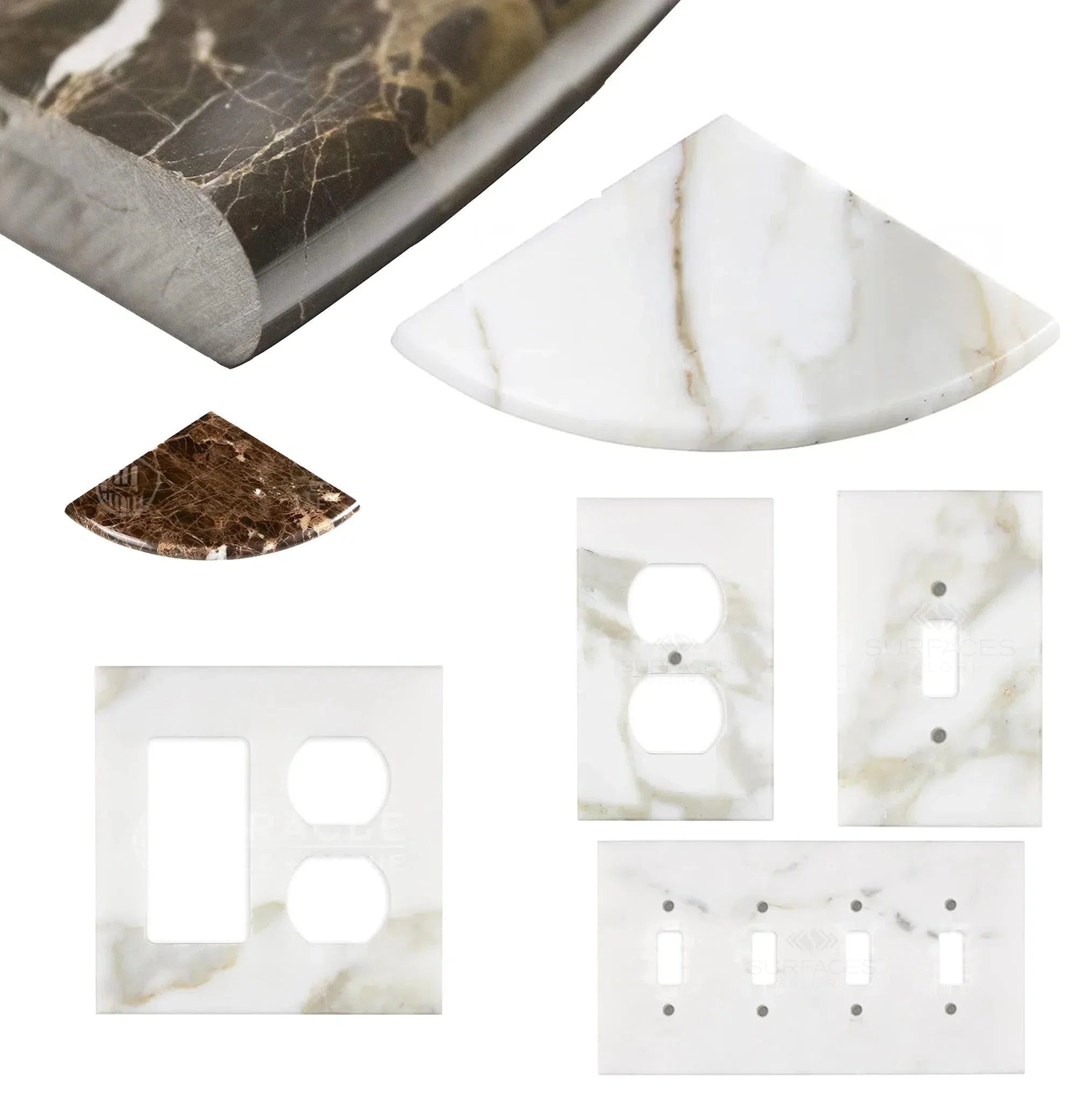 Wall Plate / Switch Plate
Wall Plate / Switch Plate Shampoo Niche
Shampoo Niche Corner Shelf
Corner Shelf Clearance
Clearance





Leave a comment